MOLLY DAVIES
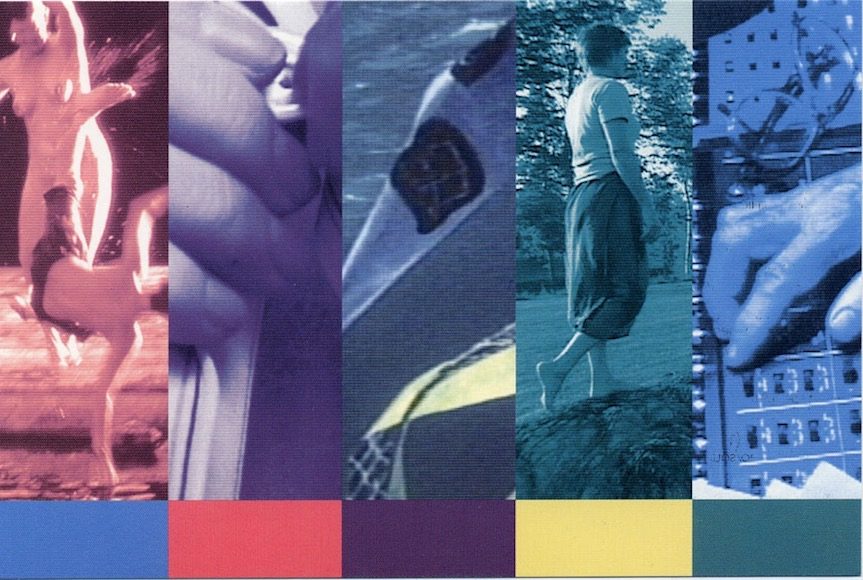
Invitation card

Desire
Video/sound installation
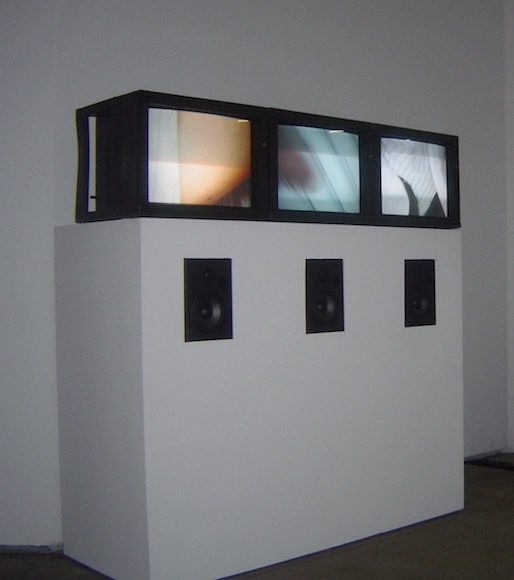
Dressing
Installation view
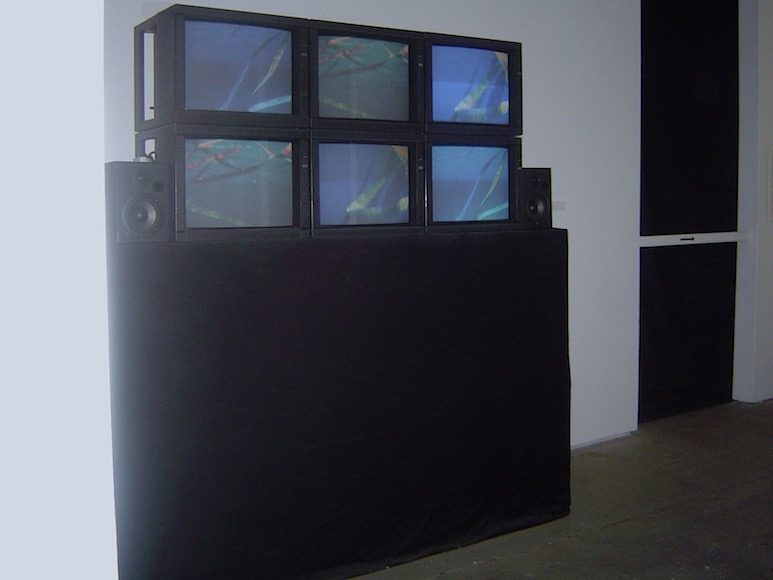
Sea Tails
Installation view
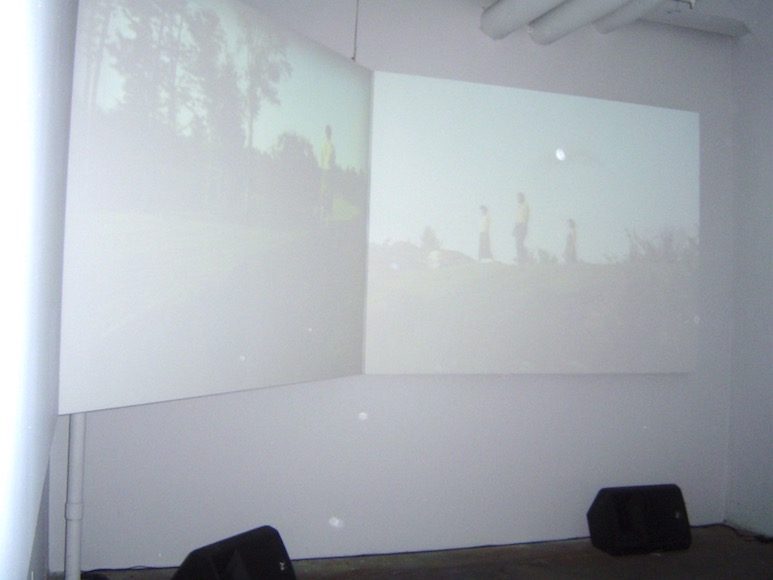
Desire
Installation view
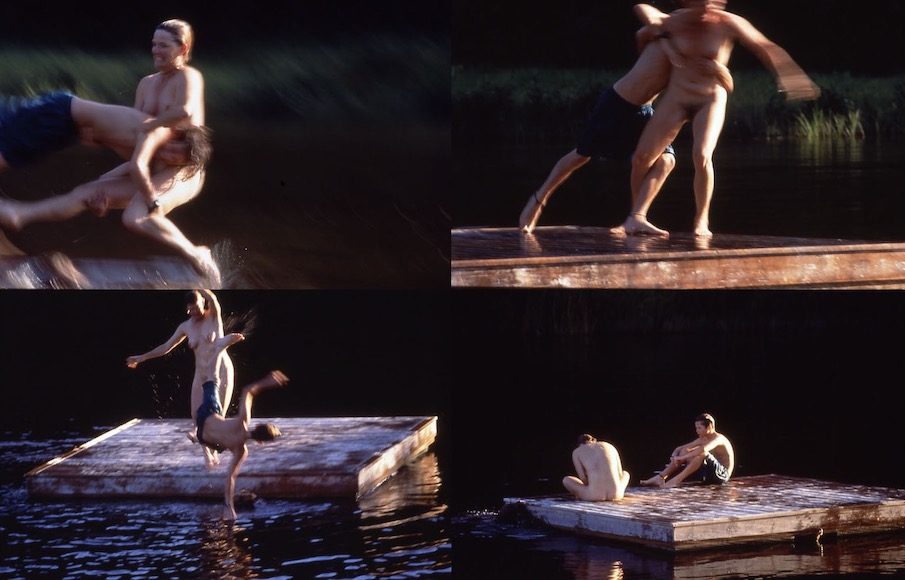
Pastime
Slide/video/sound installation
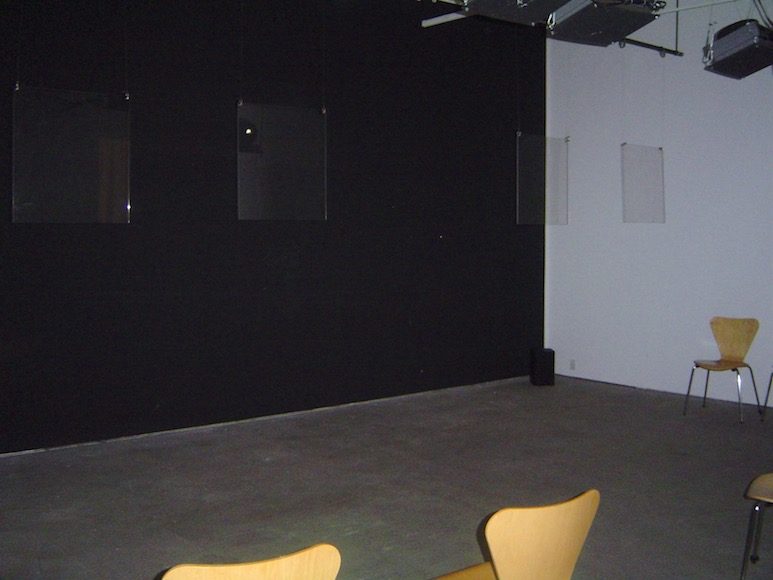
Pastime
Installation view
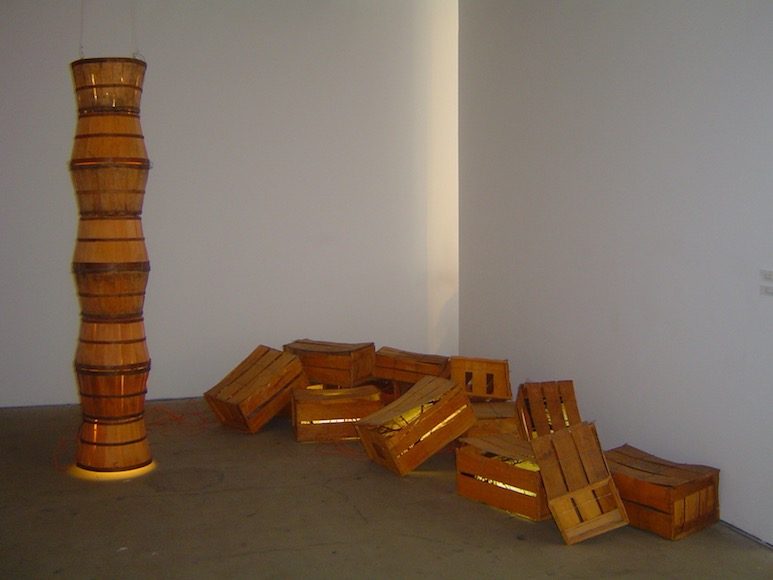
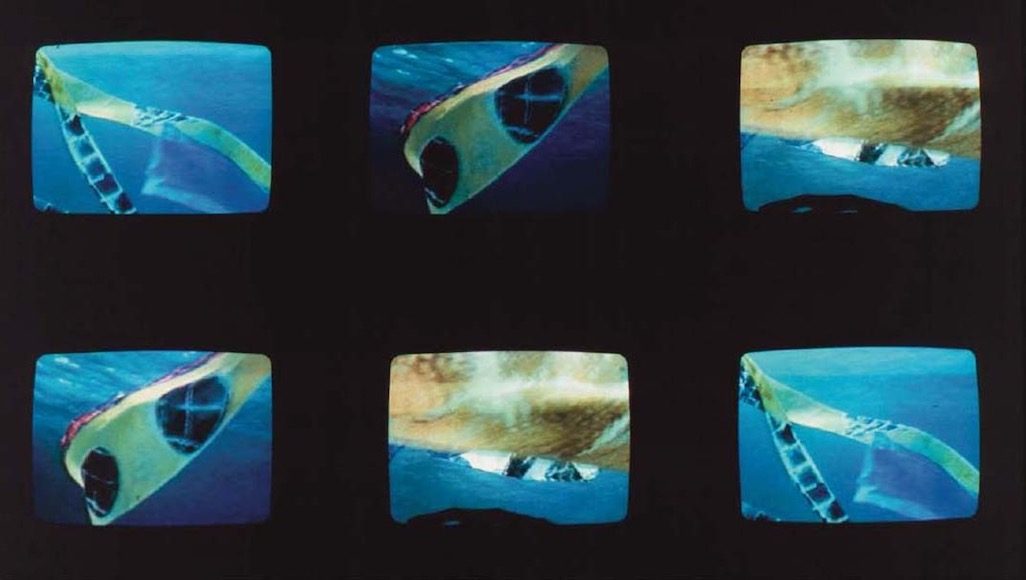
Sea Tails
Video/sound installation
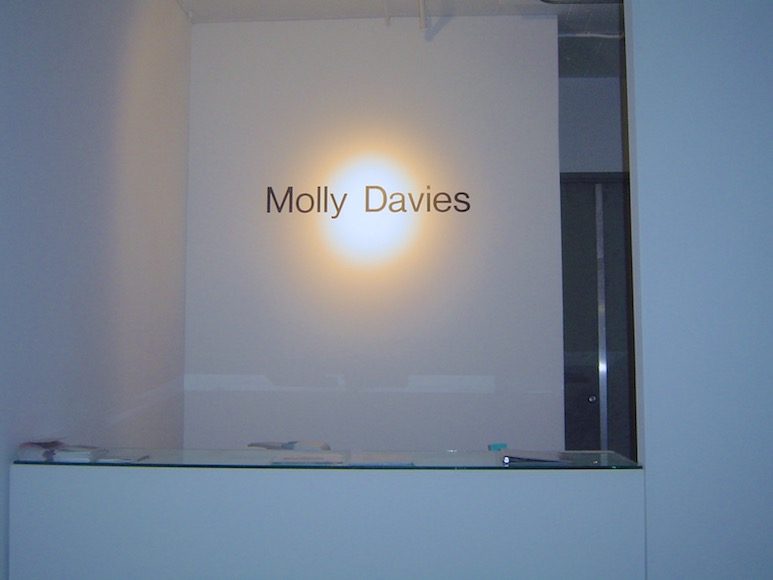
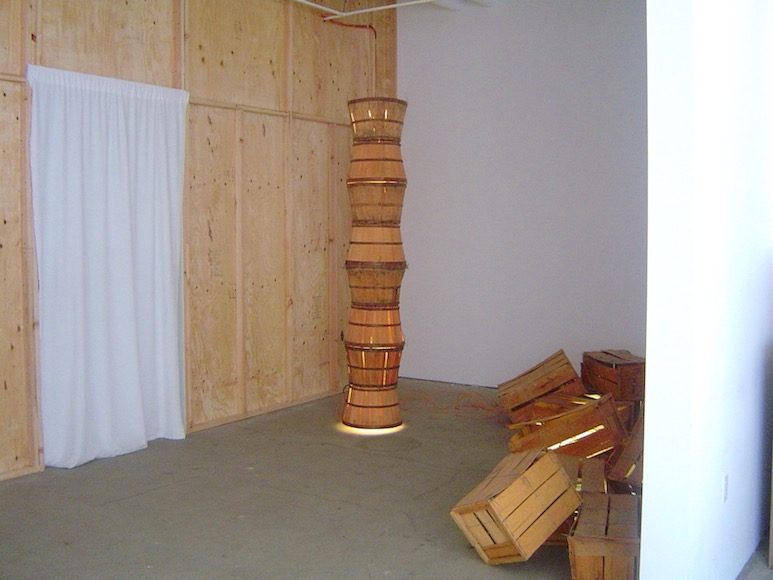
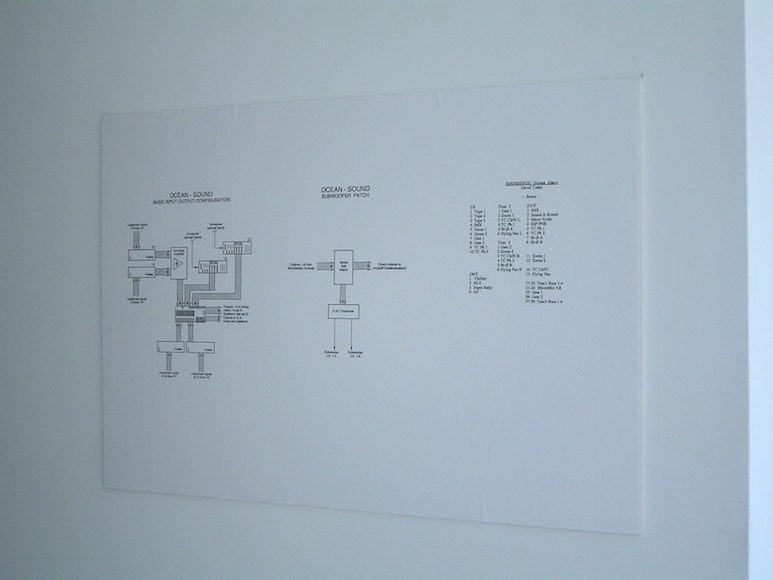
Zone: Chelsea Center for the Arts is proud to present a retrospective of video installation works by artist Molly Davies. A film and video artist, Davies started making experimental films in the late 1960s. She became well known in the 1970s for her innovative work with film and performance, collaborating with contemporary choreographers, performers and composers. The exhibition will focus on Davies’ unique collaboration between mediums and will feature four major installation works spanning three decades. The exhibition will also include a screening booth with Davies’ documentary film performance pieces that were made for the theater.
Her work explores movement of the performing body and film, distilling the everyday to suggest undercurrents of desire, isolation and joy. Juxtaposing images to create layers of meaning, her work immerses the viewer into striking, poetic worlds, using multiple projections, screens and monitors to enhance the reflexive, abstract themes within the visual/sound compositions. Noted for her richly textured work, Davies brings the complex, subtle rhythms of movement and time altering medium of video into compelling spatial arrangements to provide multiple perspectives on the nuances of the everyday.
The exhibition includes DAVID TUDOR’S OCEAN (1994), a six-channel piece, documenting three performances of the first tour of Merce Cunningham Dance Company’s acclaimed work Ocean, with composer David Tudor and Takehisa Kosugi performing live. This video/sound installation presents a portrait of David Tudor, detailing process and accumulation. It is a meditation on the elaborate tableau of electronic music making in relation to the parallel dance making of Merce Cunningham. The installation takes an imaginative behind-the-scenes look at set-up, rehearsal and live performance. This work is in the permanent collection of the Walker Art Center, The Getty Research Institute and Musée Art Contemporain Lyon. (92 minutes continuous loop)
Also to be shown will be SEA TAILS (1983), a three-channel, six monitor piece, that integrates an evocative electronic score by David Tudor with film footage of French artist Jackie Matisse’s extraordinary underwater kites. This mesmerizing work presents the sculptural patterns of Ms. Matisse’s kites as they float, swirl, and shift gracefully and randomly through the oceans’ current, suspending time and space. Originally presented at the Centre Pompidou in Paris, this piece is in the permanent collection at The Getty Research Institute. (22 minutes continuous loop)
The exhibit will include the premiere of Davies’ work DESIRE(2002), a three-channel, three- screen installation with text by renowned poet Anne Carson. A quiet drama that centers on a day in the life among three friends, DESIRE is imbued with emotional temporal states juxtaposed with a vibrant colorful landscape. The installation uses color video projected side by side on the wall and three-channels of amplified mono sound. (12 minutes continuous loop)
In PASTIME(1995), a provocative slide/video/sound installation built of layers with three projection surfaces and a sound collage, Davies addresses the beauty and poignancy of the quotidian. The installation, like its subject matter, deals with reflection, light, fragments and distortion as the slides and videos constantly dissolve. A woman and a boy wrestle on a raft, playing “king of the mountain”. With gestures that suggest love, conflict, power and eroticism, the work reveals the fragility of the moment, of a certain time in a relationship, of a mid-summer day, and the innocence of coming of age. (12 minutes continuous loop)
The exhibition will include several documentations of film and performances pieces created by Davies from 1976-2005. Among the documented works are Arrivals & Departures(1988); deChirico’s Daughter (1992); Palm at the End of the Mind(1983); Sage Cycle, including Sage Time and Again, Grasslands and Sageand Third Thought(originally created 1976-79, reconstructed in 2005); and Small Circles Great Plains(originally created 1976-79, reconstructed in 2005).
Molly Davies has been working as a film and video artist for over 30 years. For her multimedia performance pieces, she has collaborated with artists John Cage, David Tudor, Michael Nyman, Takehisa Kosugi, Lou Harrison, Alvin Curran, Fred Frith, Suzushi Hanayagi, Sage Cowles, Polly Motley, Jackie Matisse and Anne Carson. Her work has been presented at the Venice Film Festival, the Centre Pompidou, Musée de l‘Art Moderne de la Ville Paris, Musée Art Contemporain Lyon, The Getty, the Whitney Museum, the Walker Art Center, Asia Society, Theatre Am Turm, The Kitchen, Dance Theater Workshop, La MaMa Etc., Jacob’s Pillow Dance Festival, and the Indonesian Dance Festival. She teaches courses in design for inter-media performances at universities in the United States, Europe and Asia.
January 12 – March 11, 2006
Opening reception:
Thursday January 12th, 2006
6-8pm
Reviews
| Asia Society and Museum, New York, NY | TRADITIONS, INVENTIONS, AND EXCHANGE | June 28 through August 21, 2005 |
| Walker Art Center Minneapolis, MN | SPACE, TIME AND ILLUSION- ISSUES OF FILM WITH PERFORMANCE | May 11, 2005 |
| Dance Theatre Workshop New York, NY | SPACE, TIME AND ILLUSION- ISSUES OF FILM WITH PERFORMANCE | April 18 & 19, 2005 |
| Zone Chelsea, New York, NY | DISTANCE BETWEEN GESTURE AND MEANINGS | April 5 through 15, 2005 |
| Smith College, Department of Art North Hampton, MA | DRAWING FROM THE BODY Performance | March 8, 2005 |
| Getty Research Institute Exhibition Gallery Los Angeles, CA | SEA TAILS | July 13 -September 26, 2004 |
| Bates Museum of Art, Lower Gallery at Bates Dance Festival, Lewiston, ME | TRADITIONS, INVENTIONS, AND EXCHANGE | August 9 through 16, 2003 |
| 2002 Bienalle Lyon France Musee Art Contemporain Lyon | DAVID TUDOR’S OCEAN | March, 2002 |
| Texas Gallery Houston, TX | KAREN TAPES | December, 2001 |
| Block Gallery Northwestern University Evanston, IL | PASTIME | September – December, 2001 |
| Getty Museum of Art Los Angeles, CA | DAVID TUDOR’S OCEAN | May, 2001 |
| Argentinian Embassy New York City, NY | DAVID TUDOR’S OCEAN | March, 2001 |
| The New School for Social Research New York City, NY | KAREN TAPES | March 1st, 2001 |
| Tulane University New Orleans, LA | DRAWING FROM THE BODY Performance / Video Installation | February – May, 2001 |
| Mingei International Museum San Diego, CA | SEA TAILS | April – November, 2000 |
| Santa Cruz Museum of Art and History Santa Cruz, CA | MIGRATION DISLOCATION BRANCUSI’S BASKETS | July – November, 2000 |
| The Kitchen New York City, NY | MARGUERITE Summer Residence with Polly Motley | June, 2000 |
| Selby Gallery Sarasota, Florida | “PLUGGED IN” Installations of: DRESSING DISLOCATION BRANCUSI’S BASKETS | March – April, 2000 |
| Mousonturm Frankfurt A/M, Germany | DRAWING FROM THE BODY Performance/ Video Installation | August 24,25, 1999 |
| Flynn Theater Stowe, Vermont | a | June – July, 1999 |
| Jack Tilton Gallery New York, NY | DRAWING FROM THE BODY Performance/Video Installation | February 24, 1999 |
| The Galleries at Moore Philadelphia, PA | SEA TAILS | January 22-March 14, 1999 |
| Jack Tilton Gallery New York, NY | DRAWING FROM THE BODY Performance/ Video Installation | December 10, 1998 |
| Walker Arts Center Minneapolis, MN | DAVID TUDOR’S OCEAN Video Installation | June 28- Sept 21, 1998 |
| Deutschlandfunk Redaktion E-Musik Köln, Germany | DAVID TUDOR’S OCEAN Video Installation | March, 1998 |
| The Kitchen New York, NY | DAVID TUDOR’S OCEAN Video Installation | Oct 30 – Nov 26, 1997 |
| Dancespace New York, NY | IN THE MANNER OF EDWARD HOPPER | October, 1996 |
| Judson Memorial Church New York, NY | DAVID TUDOR’S OCEAN Video Installation | September 17, 1996 |
| Naropa Institute Boulder, CO | BROWNIEFAX | January, 1996 |
| Kitchen Center for Video and Music New York, NY | YOU CAN SING ANY TIME | April, 1995 |
| University of Colorado Boulder, CO | YOU CAN SING ANY TIME | March, 1995 |
| Jacob’s Pillow Dance Festival Lee, MA | FOLK DANCE YOU CAN SING ANYTIME | August, 1994 |
| Movement Research New York, NY | WAITING | December, 1993 |
| Dance Theatre Workshop New York, NY | FOLK DANCE | September, 1993 |
| Naropa Institute Boulder, CO | SUPERFICIAL DISSOLVE | May, 1993 |
| University of Colorado Boulder, CO | DE CHIRICO’S DAUGHTER PART II | May, 1992 |
| Naropa Institute Boulder, Co | DE CHIRICO’S DAUGHTER PART I | February, 1992 |
| Justus Liebig University Giessen, Germany | REICHE OHNE SINNE PROJECT | January – February, 1991 |
| University of Colorado Boulder, CO | COLLABORATION WITH POLLY MOTLEY | April, 1991 |
| Heiner Müller Project Frankfurt, Germany | “BILDBESCHREIBUNG” | April, 1990 |
| La Mama E.T.C. New York, NY | MANA GOES TO THE MOON | January 9-27, 1990 |
| Theatre am Turm Frankfurt, Germany | ARRIVALS AND DEPARTURES | April 20 – 24, 1988 |
| Tampere Theater Festival Finland | ARRIVALS AND DEPARTURES | August 15-16 1988 |
| La Mama E.T.C. New York, NY | ARRIVALS AND DEPARTURES | May 5-29, 1988 |
| Whitney Museum of American Art at Phillip Morris New York City, NY | SEA TAILS | September 17, 1986 |
| The Albuerque Museum of Art, History and Science Albuquerque, New Mexico | SAGE CYCLE Part III SMALL CIRCLES GREAT PLAINS | June 22, 1985 |
| Theatre Am Turm Frankfurt, Germany | ATEM | June 6, 1985 |
| Centre Georges Pompidou Paris, France | Comissionedwork from TAT PALM AT THE END OF THE MIND PREPARING THE GROUND | May 24-26, 1985 |
| Theater am Turm Frankfurt, Germany | Commissioned work from TAT PREPARING THE GROUND | April 18-21, 1985 May 28-31, 1985 |
| Wesleyan College Middletown, CT | SAGE CYCLE ALL PARTS: I. SAGE TIME AND AGAIN II.GRASSLANDS AND SAGE III.SMALL CIRCLE GREAT PLAINS & PALM AT THE END OF THE MIND | January 25-26, 1985 |
| Collective for Living Cinema New York, NY | BEYOND THE FAR BLUE MOUNTAINS | January 12, 1985 |
| Fine Arts Museum Taipei, Taiwan | SEA TAILS | August, 1984 |
| Museum of Modern Art Stockholm, Sweden | SEA TAILS | August 21, 22, 24, 1984 |
| Akademie der Kunste Berlin, Germany | PARIS PIECE | June 22, 1984 |
| Center Georges Pompidou Paris, France | SEA TAILS | June 3-27, 1984 |
| Saarbruken Germany | BEYOND THE FAR BLUE MOUNTAINS | June 4, 1984 |
| Kammer Theater Wurttembergische Staats-Theater Stuttgart, Germany | THE PALM AT THE EDGE OF THE MIND & SAGE CYCLE ALL PARTS: I. SAGE TIME AND AGAIN II.GRASSLANDS AND SAGE III.SMALL CIRCLE GREAT PLAINS | June 29, 1984 |
| Akademie Der Kunst Berlin, Germany | SEA TAILS | February 1 – 5 1984 |
| Theatre Am Turm Frankfurt, Germany | Retrospective: THE PALM AT THE END OF THE MIND THE WEATHER WAS PERFECT SMALL CIRCLES GREAT PLAINS SAGE CYCLE BEYOND THE FAR BLUE MOUNTAINS ATEM SEA TAILS | October 27 – 31, 1983 |
| The Walker Arts Center Minneapolis, MN | BEYOND THE FAR BLUE MOUNTAINS | May 7 – 8, 1983 |
| Kommonales Kino Stuttgart, Germany | THE WEATHER WAS PERFECT BEYOND THE FAR BLUE MOUNTAINS | 4-Feb-83 |
| Arsenal Berlin, Germany | THE WEATHER WAS PERFECT BEYOND THE FAR BLUE MOUNTAINS | November, 1982 |
| Wurttembergische Staats-theater Stuttgart, Germany | THE WEATHER WAS PERFECT | October 31, 1982 |
| Walker Art Center Minneapolis, MN | THE WEATHER WAS PERFECT | September 19, 1982 |
| Venice Film Festival Venice, Italy | BEYOND THE FAR BLUE MOUNTAINS | September 3, 1982 |
| Cabrillo Music Festival Aptos, California | BEYOND THE FAR BLUE MOUNTAINS | August 21, 1982 |
| Basel Art Fair (Stampa) Basel, Switzerland | BEYOND THE FAR BLUE MOUNTAINS | June 21, 1982 |
| Amerika Haus Munich, Germany | BEYOND THE FAR BLUE MOUNTAINS | June 16, 1982 |
| Centre Georges Pompidou Pairs, France | BEYOND THE FAR BLUE MOUNTAINS | June 10-11 1982 |
| Hampshire College Amherst, MA | SAGE CYCLE Part III SMALL CIRCLES GREAT PLAINS | 16-Feb-81 |
| University of Wisconsin Madison, WI | SAGE CYCLE Part III SMALL CIRCLES GREAT PLAINS | 7-Feb-81 |
| Kunsthaus Zurich, Switzerland | SAGE CYCLE Part III SMALL CIRCLES GREAT PLAINS | May, 1981 |
| Kunstehalle Basel, Switzerland | SAGE CYCLE Part III SMALL CIRCLES GREAT PLAINS | May 20-21 1981 |
| Akademie der Kunst Berlin, Germany | SAGE CYCLE ALL PARTS: I. SAGE TIME AND AGAIN II.GRASSLANDS AND SAGE III.SMALL CIRCLE GREAT PLAINS | May 12-14, 1981 |
| Sprengel Museum Hannover, Germany | SAGE CYCLE ALL PARTS: I. SAGE TIME AND AGAIN II.GRASSLANDS AND SAGE III.SMALL CIRCLE GREAT PLAINS | May 9-10, 1981 |
| Theater Am Turm Frankfurt, Germany | SAGE CYCLE Part III SMALL CIRCLES GREAT PLAINS | April 25 – 28, 1981 |
| Centre Georges Pompidou Paris, France | SAGE CYCLE Part III SMALL CIRCLES GREAT PLAINS | April 22-23, 1981 |
| The Mickery Amsterdam, the Netherlands | SAGE CYCLE ALL PARTS: I. SAGE TIME AND AGAIN II.GRASSLANDS AND SAGE III.SMALL CIRCLE GREAT PLAINS | April 7 – 11, 1981 April 14 – 18, 1981 |
| Massachusetts Institute of Technology Boston, Massachusetts | SAGE CYCLE Part III SMALL CIRCLES GREAT PLAINS | March 1st, 1981 |
| Montreal Museum of Fine Arts Montreal, Canada | SAGE CYCLE Part III SMALL CIRCLES GREAT PLAINS | 27-Feb-81 |
| Smithsonian Institution Hirshorn Museum Washington, D.C. | SAGE CYCLE ALL PARTS: I. SAGE TIME AND AGAIN II.GRASSLANDS AND SAGE III.SMALL CIRCLE GREAT PLAINS | February 21 – 23, 1981 |
| Stowe Center for the Performing Arts Stowe, Vermont | SAGE CYCLE Part III SMALL CIRCLES GREAT PLAINS | February 24-25, 1981 |
| Hampshire College Amherst, MA | SAGE CYCLE Part III SMALL CIRCLES GREAT PLAINS | 16-Feb-81 |
| University of Wisconsin Madison, WI | SAGE CYCLE Part III SMALL CIRCLES GREAT PLAINS | 7-Feb-81 |
| Walker Arts Center Minneapolis, MN | SAGE CYCLE Part I SAGE TIME AND AGAIN | October, 1980 |
| Cabrillo Music Festival Aptos, CA | SAGE CYCLE Part III SMALL CIRCLES GREAT PLAINS | August, 1980 |
| Walker Arts Center Minneapolis, MN | SAGE CYCLE Part III SMALL CIRCLES GREAT PLAINS | May and June, 1980 |
| Rising Sun Video Center Santa Fe, New Mexico | SAGE CYCLE Part I & II SAGE TIME AND AGAIN GRASSLANDS AND SAGE | May, 1980 |
| Musee d’Art de Moderne de la Ville de Paris Paris, France | SAGE CYCLE ALL PARTS: I. SAGE TIME AND AGAIN II.GRASSLANDS AND SAGE III.SMALL CIRCLE GREAT PLAINS | December, 1979 |
| University of Wisconsin Madison, WI | SAGE CYCLE Part I & II SAGE TIME AND AGAIN GRASSLANDS AND SAGE | March, 1979 |
| Department of Dance and Architecture University of Utah Salt Lake City, UT | SAGE CYCLE Part I & II SAGE TIME AND AGAIN GRASSLANDS AND SAGE | November, 1978 |
| IDEA Gallery Los Angeles, CA | SAGE CYCLE Part I & II SAGE TIME AND AGAIN GRASSLANDS AND SAGE | November, 1978 |
| University of California San Diego, CA | SAGE CYCLE Part I & II SAGE TIME AND AGAIN GRASSLANDS AND SAGE | November, 1978 |
| American Contemporary Dance Company/ Seattle Art Museum Seattle, Washington | SAGE CYCLE Part I & II SAGE TIME AND AGAIN GRASSLANDS AND SAGE | November, 1978 |
| Pittsburgh Filmmakers Pittsburgh, PA | SAGE CYCLE Part I & II SAGE TIME AND AGAIN GRASSLANDS AND SAGE | November, 1978 |
| Walker Art Center Minneapolis, MN | SAGE CYCLE Part I GLASSLANDS AND SAGE | May, 1978 |
| Cunningham Studio, Westbeth New York, NY | SAGE CYCLE Part I GLASSLANDS AND SAGE | May, 1978 |
| San Francisco Museum of Art San Francisco, CA | SAGE CYCLE Part I GRASSLANDS AND SAGE | April, 1978 |
| Anthology Film Archives NYC, NY | SAGE CYCLE Part I & II SAGE TIME AND AGAIN GRASSLANDS AND SAGE | February, 1978 |
| Massachusetts Institute of Technology Boston, MA | SAGE CYCLE Part I & II SAGE TIME AND AGAIN GRASSLANDS AND SAGE | January, 1978 |
| Cabrillo Music Festival Aptos, CA | SAGE CYCLE Part I & II SAGE TIME AND AGAIN GRASSLANDS AND SAGE | August, 1977 |
| THE KITCHEN New York, NY | SAGE CYCLE Part I SAGE TIME AND AGAIN & ABOUT THE LILTING HOUSE | April, 1977 |
| Walker Art Center Minneapolis, MN | SAGE CYCLE Part I SAGE TIME AND AGAIN & ABOUT THE LILTING HOUSE | March, 1977 |
Related:
Categories: exhibitions
Tags: Molly Davies


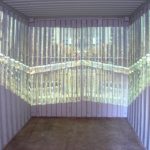
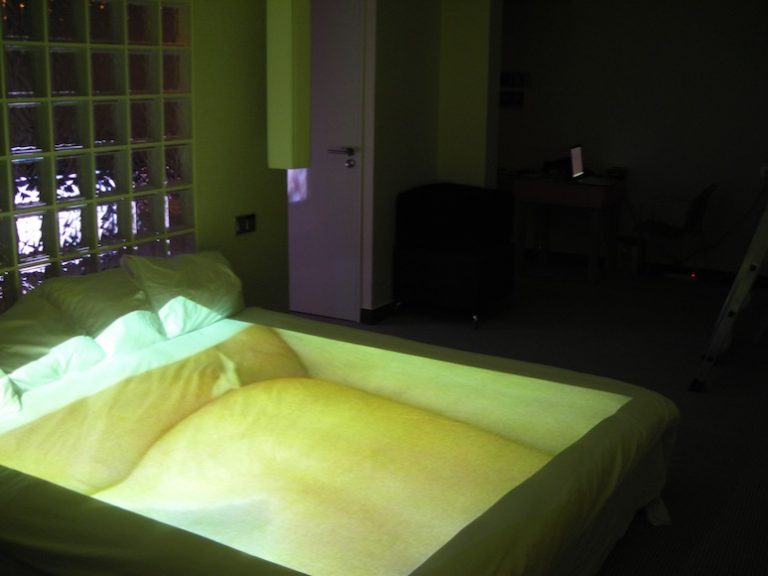
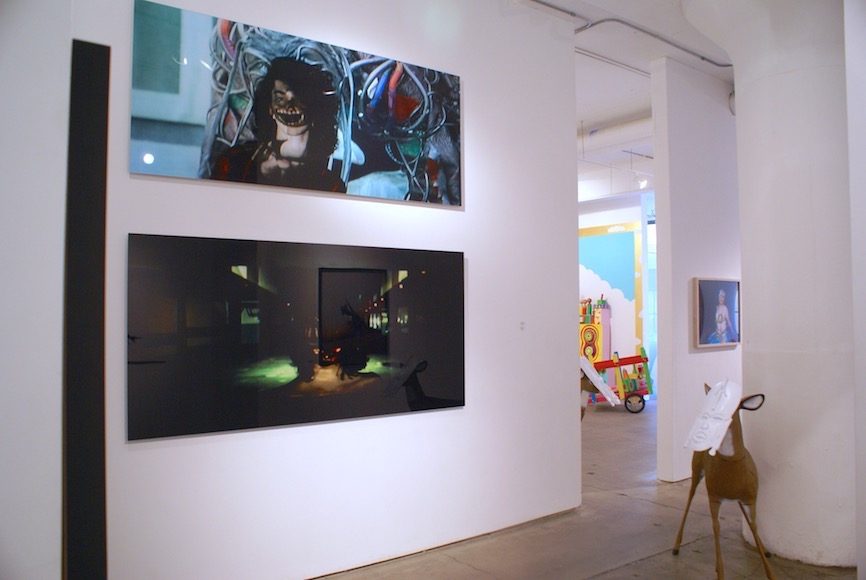
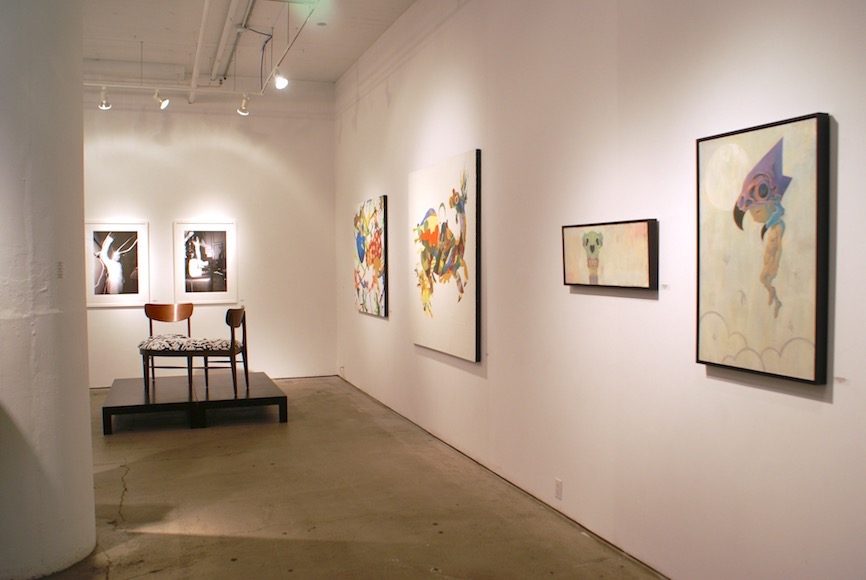
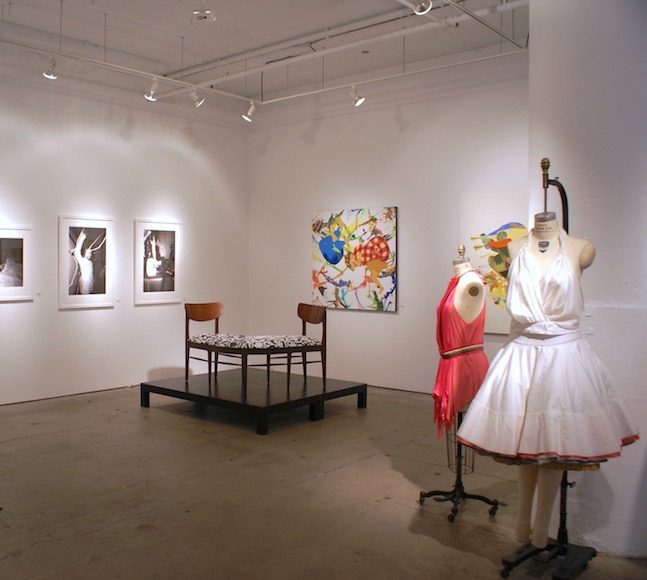
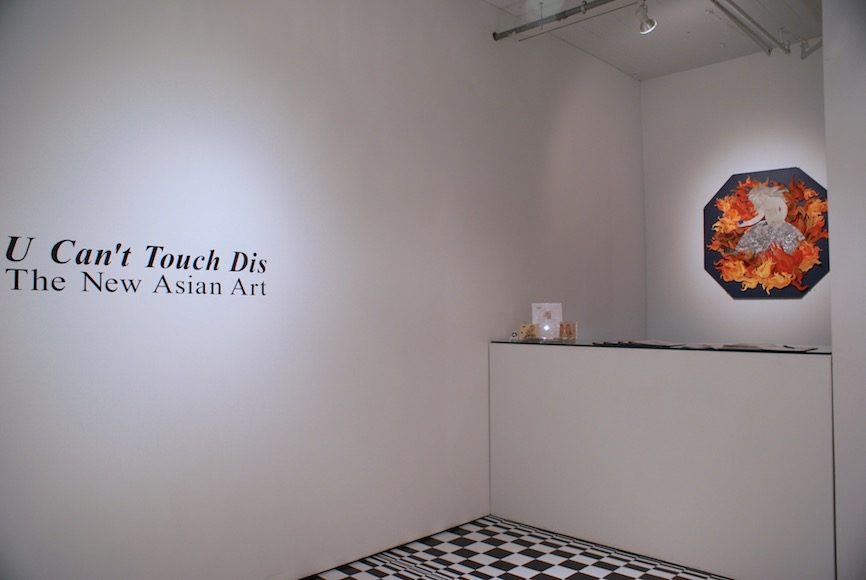
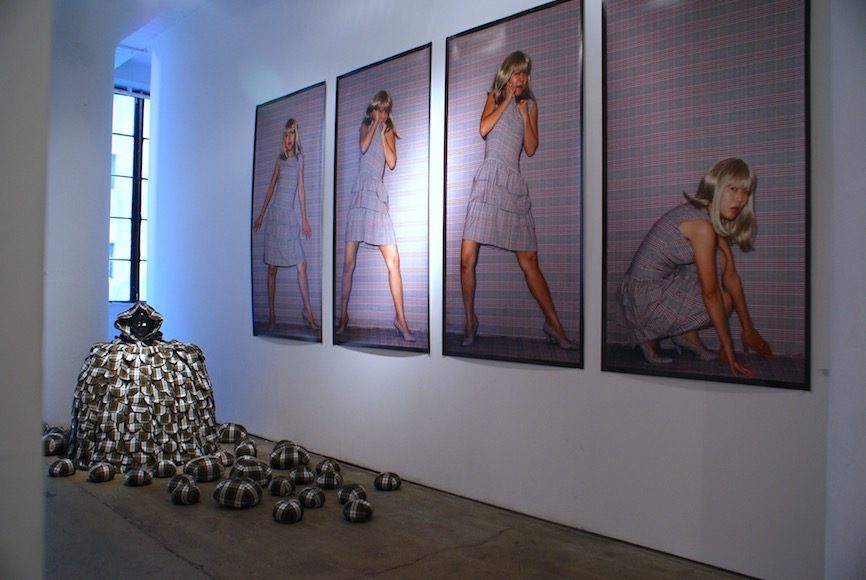
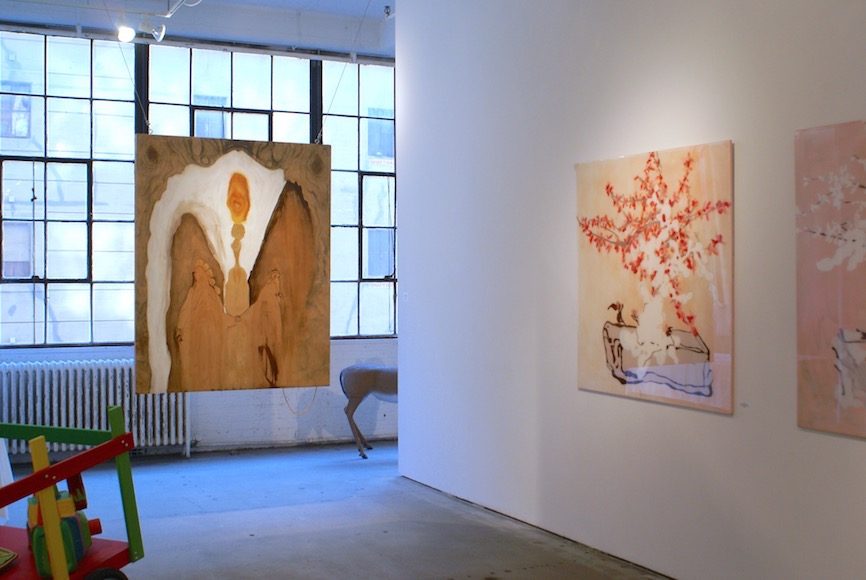
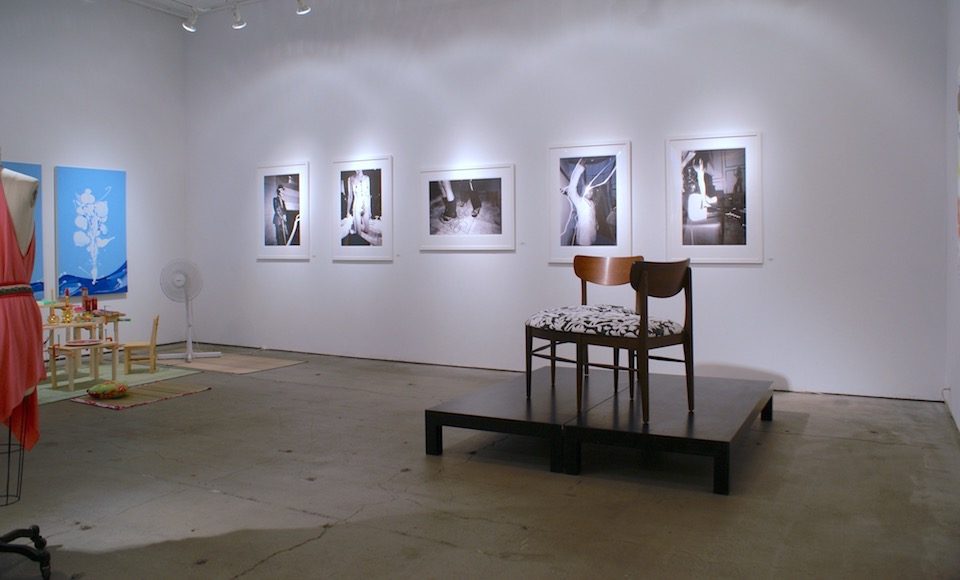
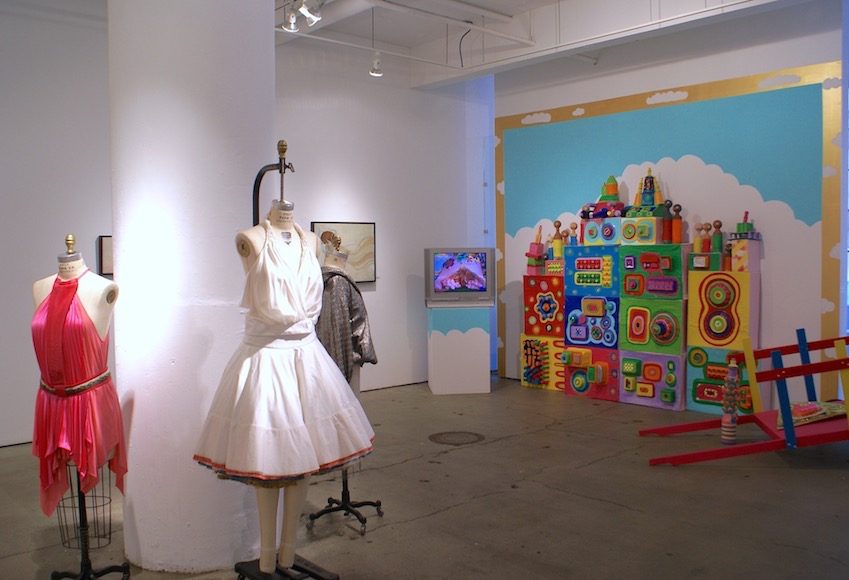
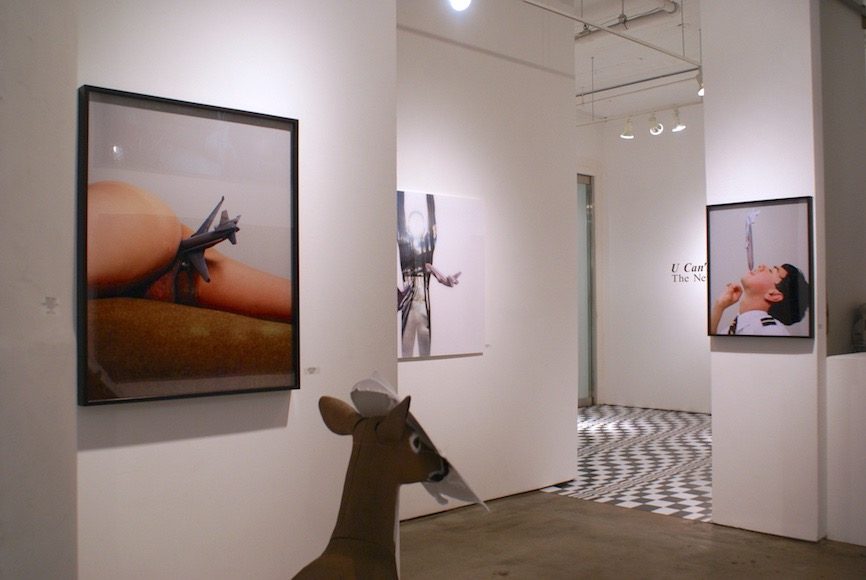
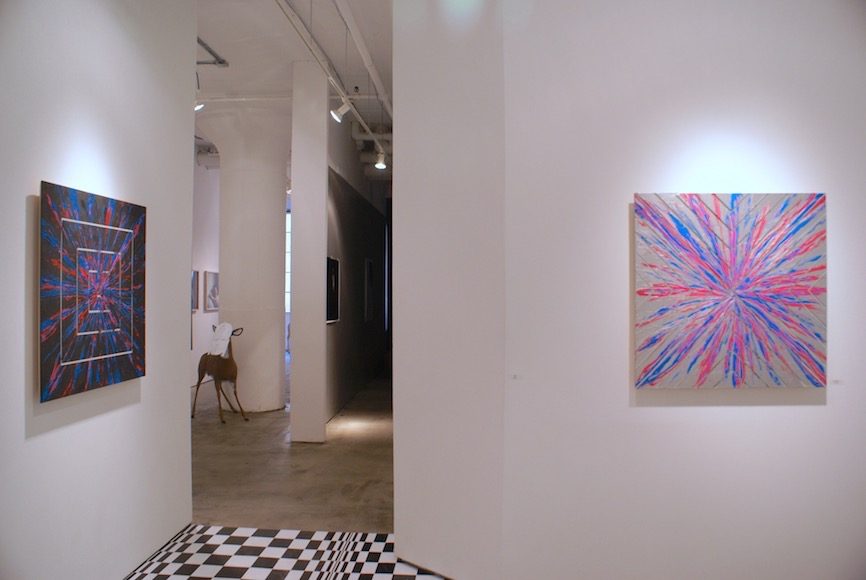
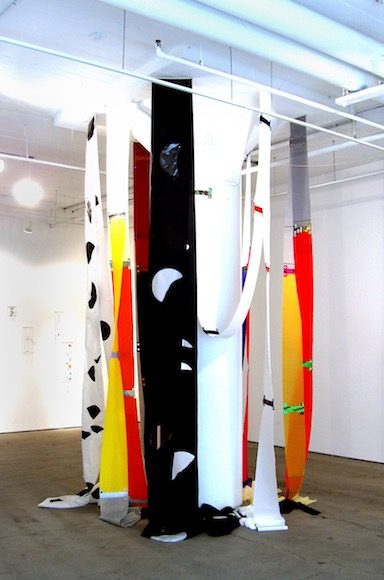
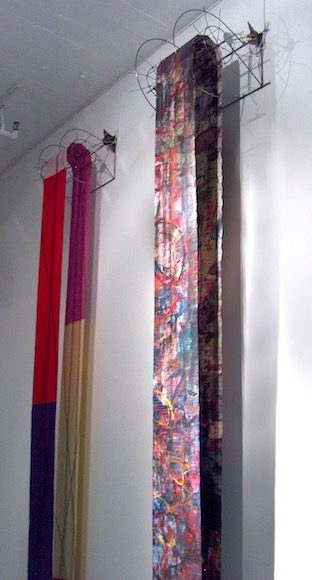
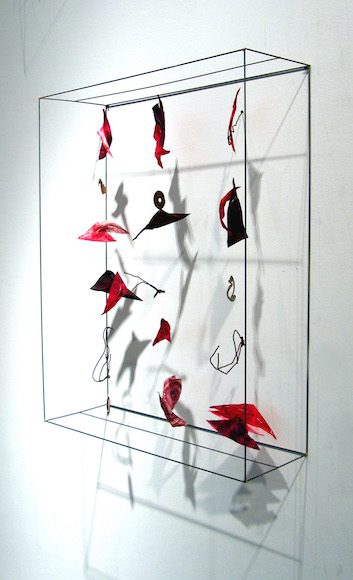
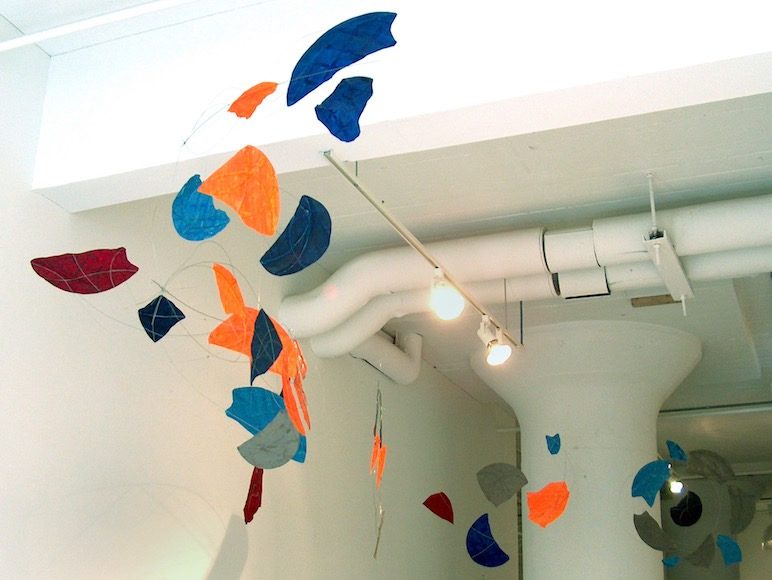
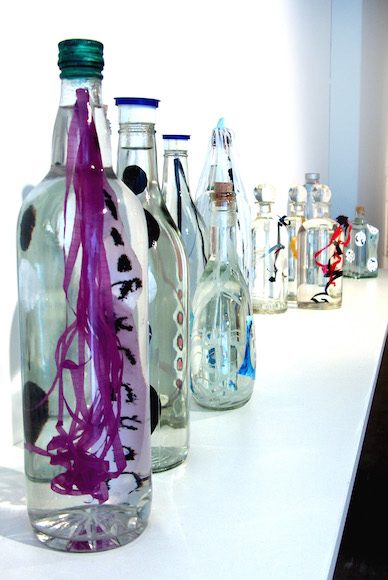
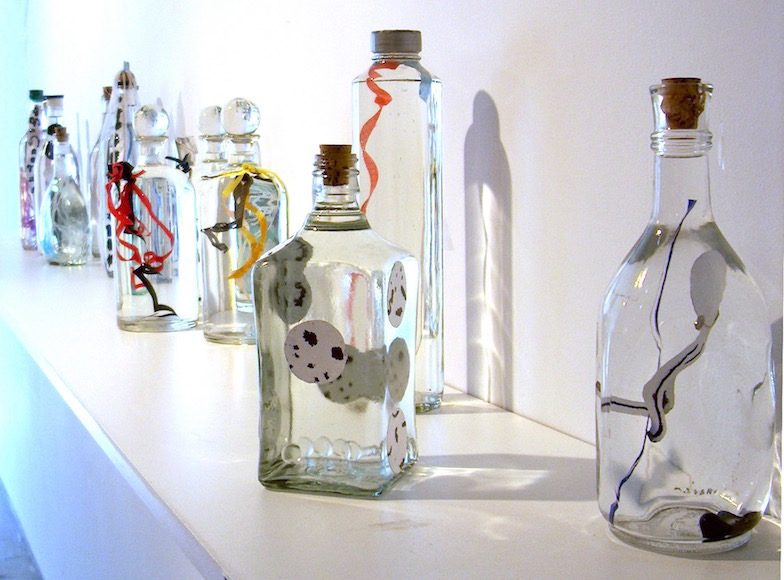
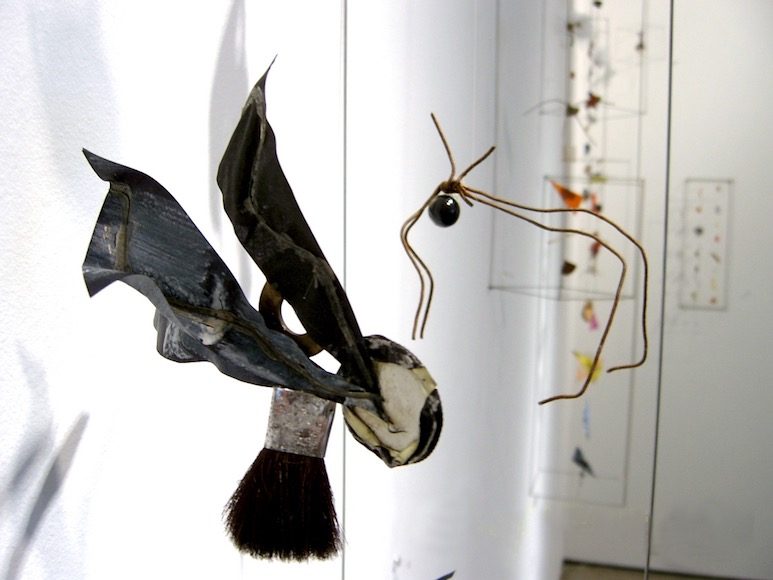
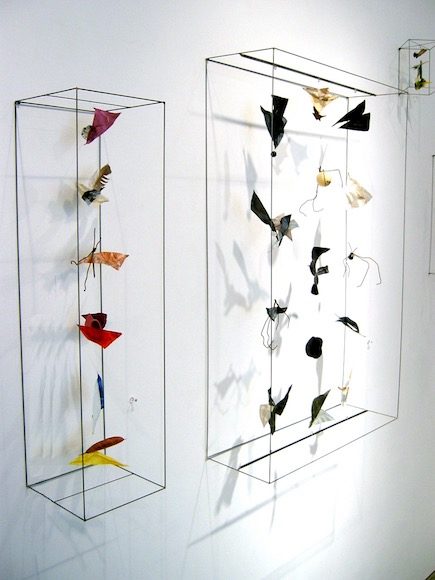
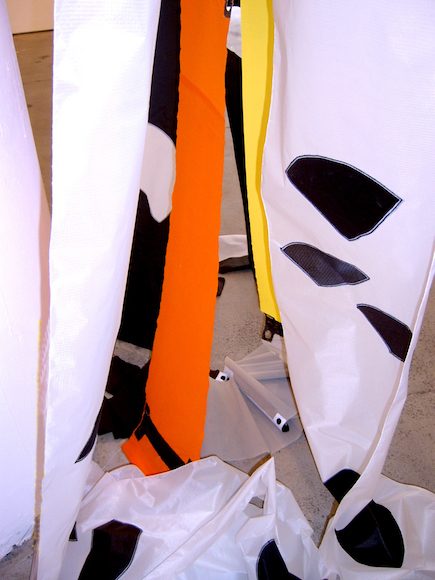
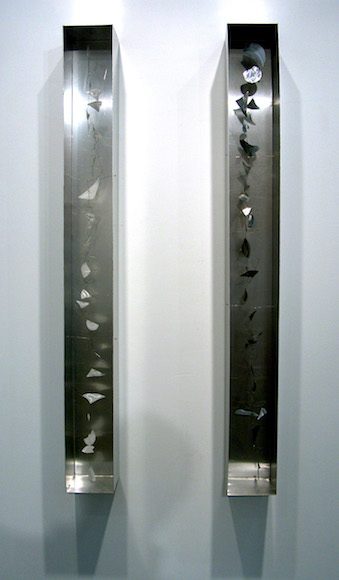
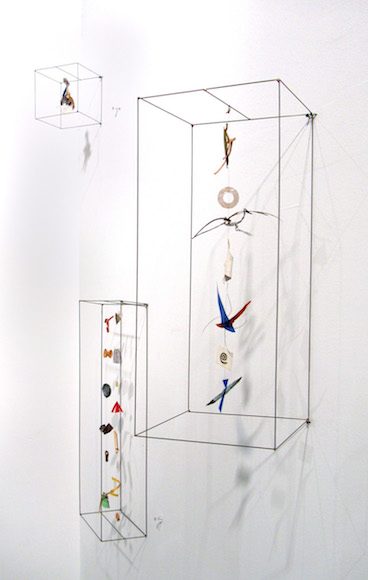
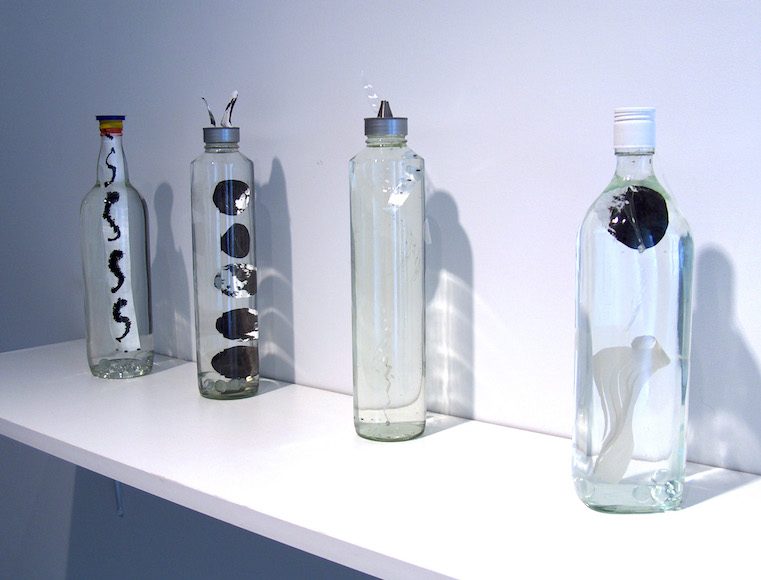
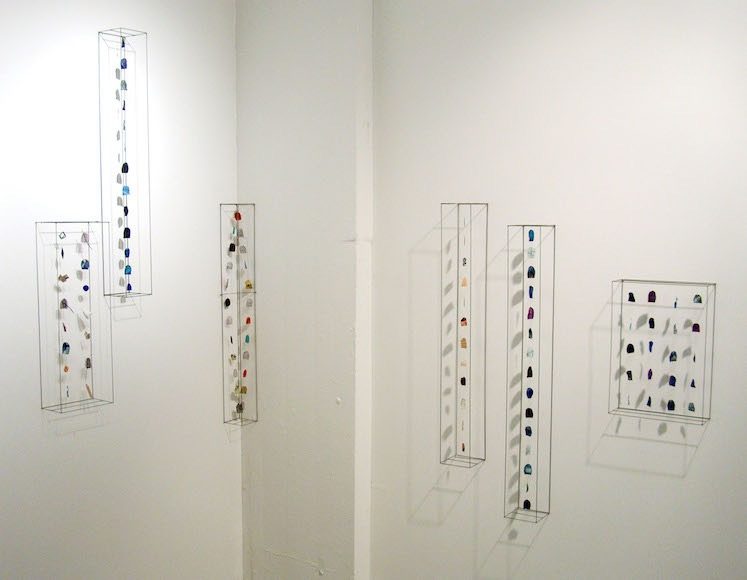
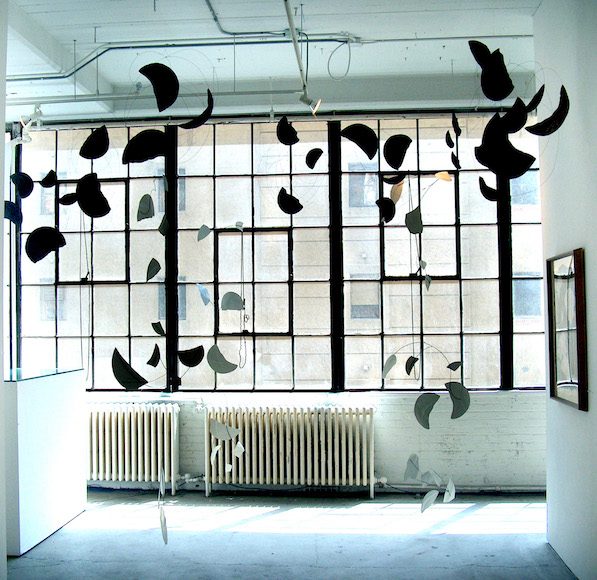
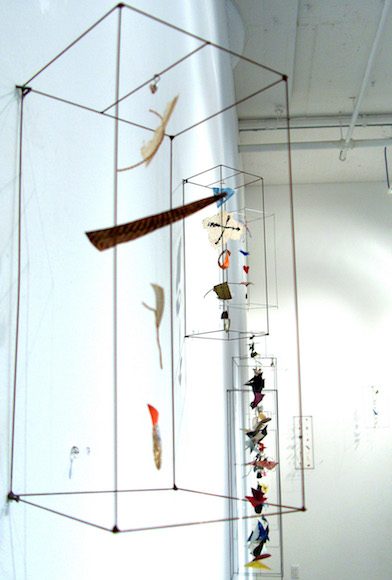
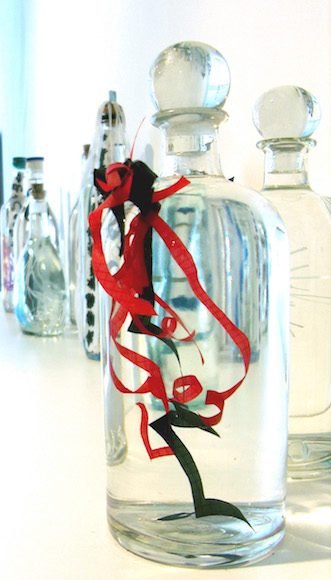
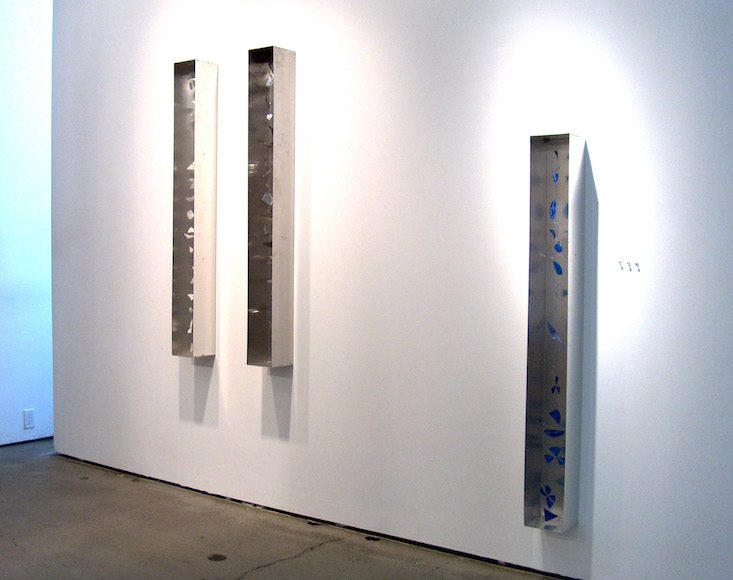
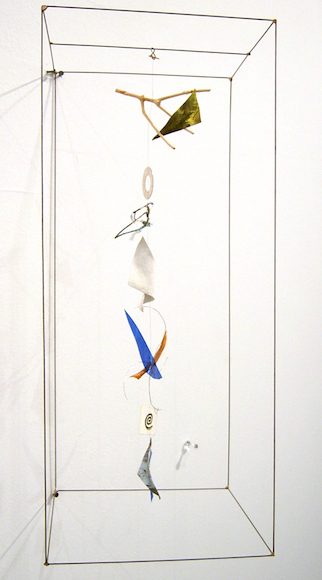
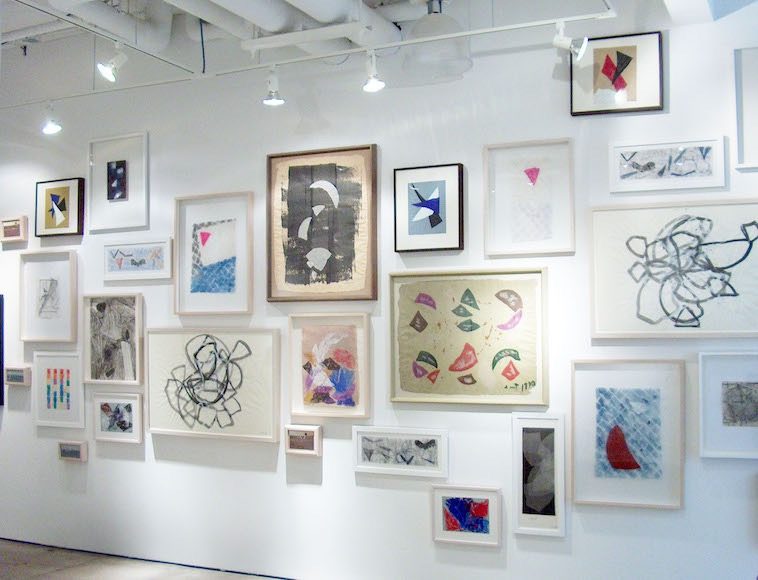
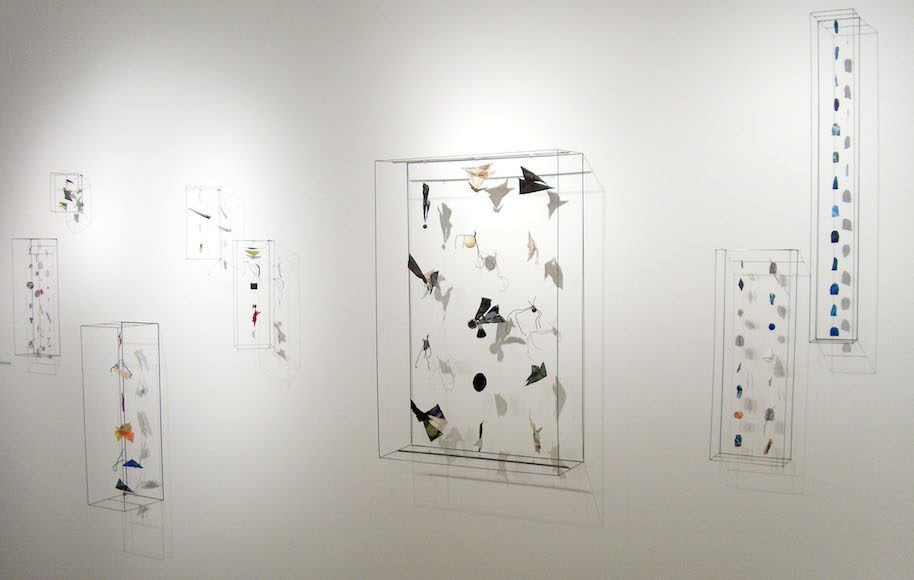
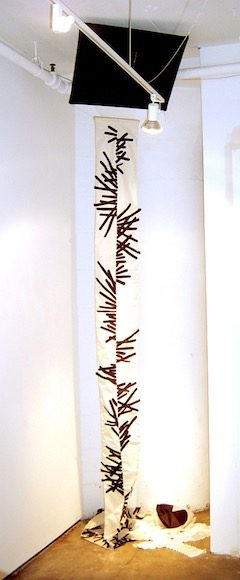
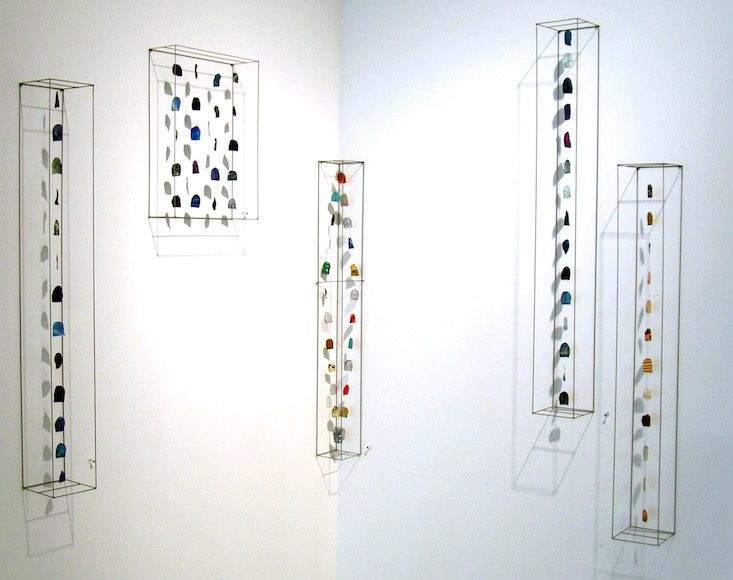
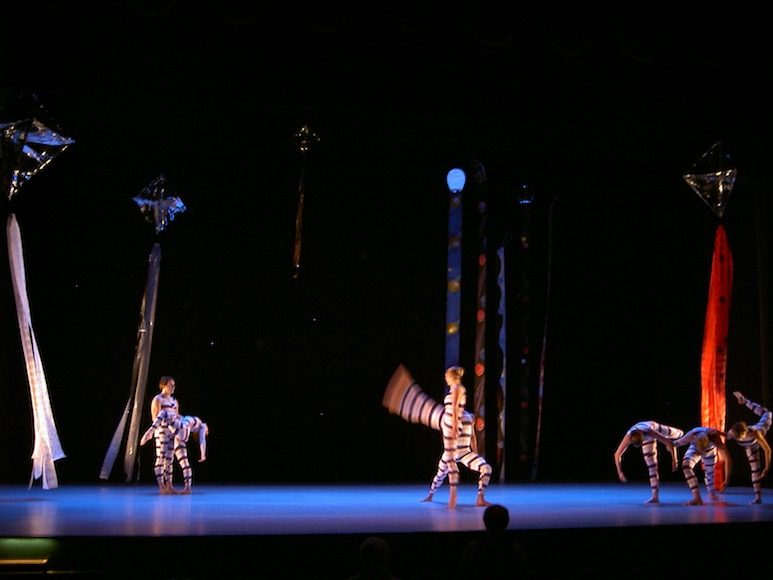
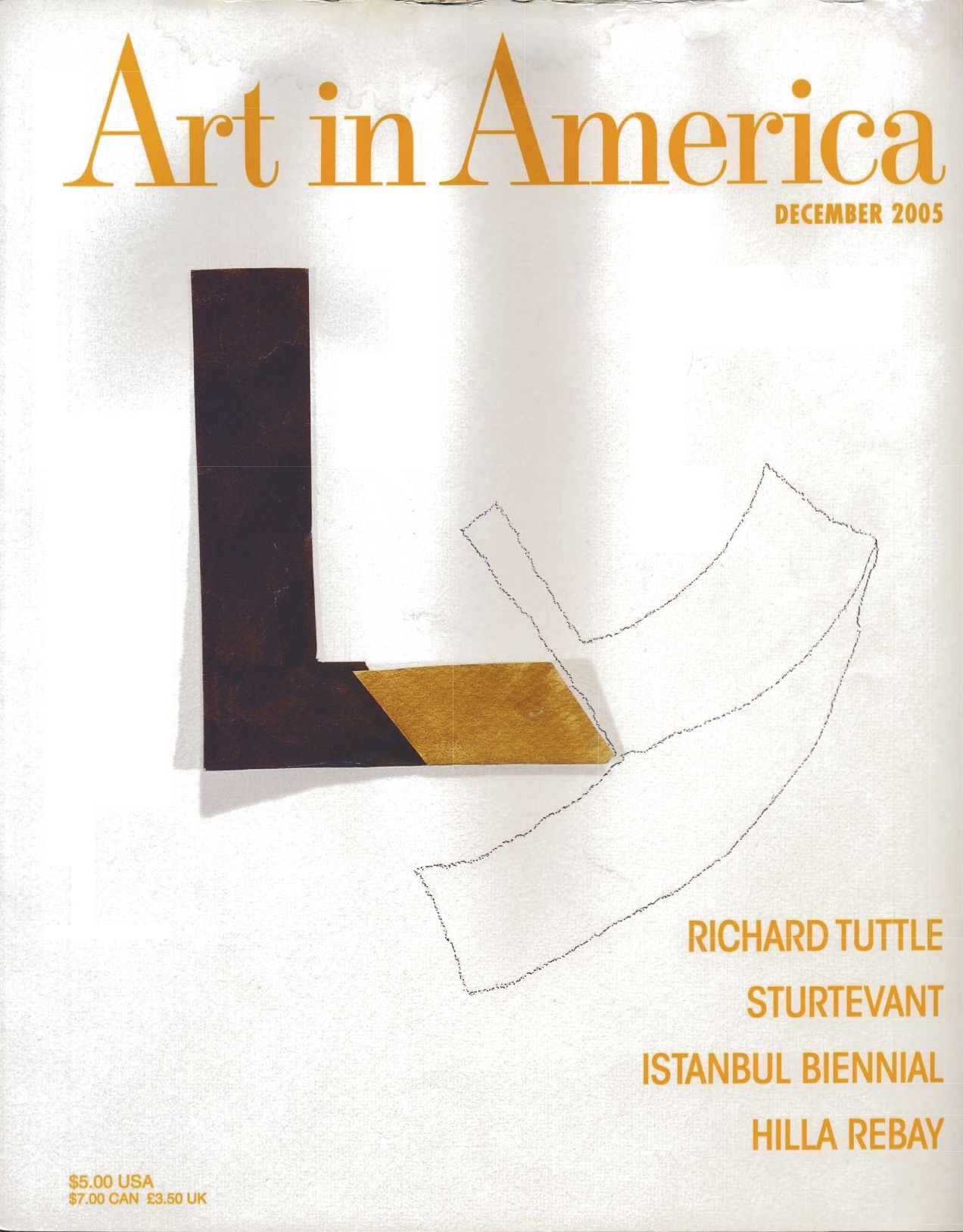
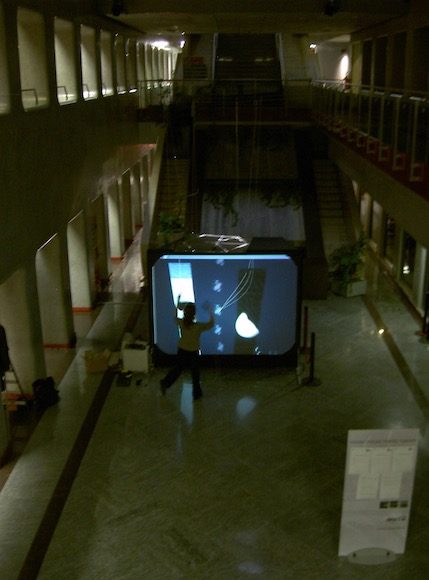
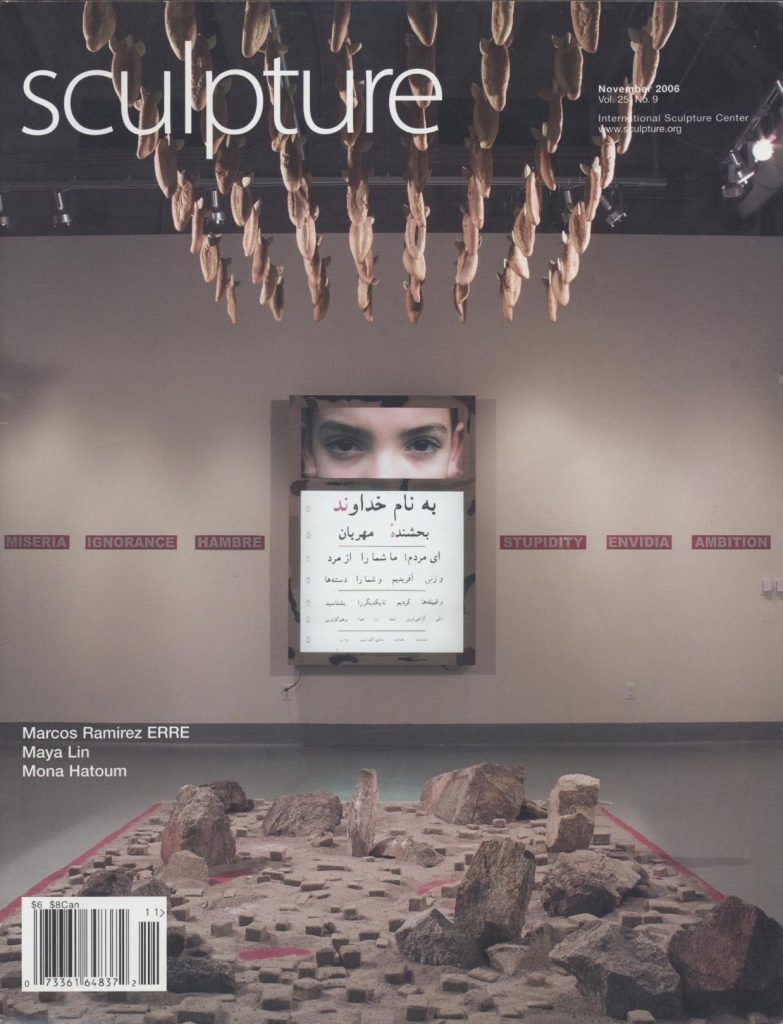

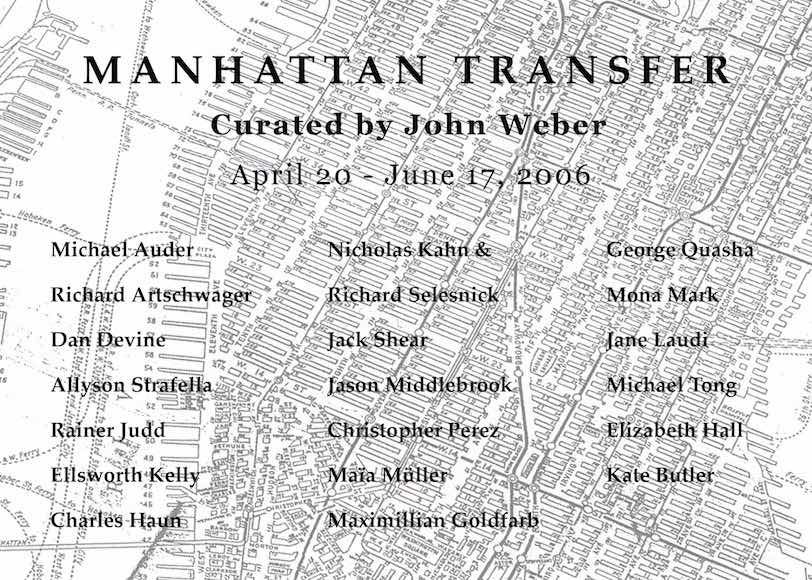
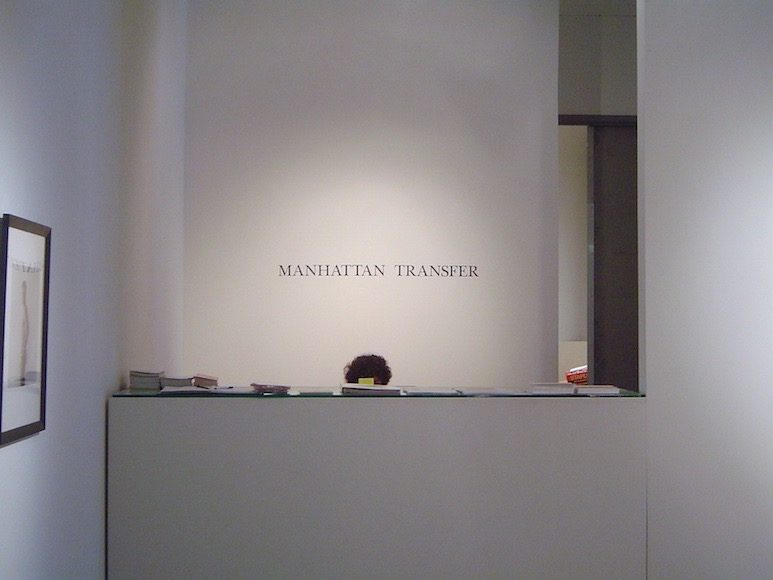
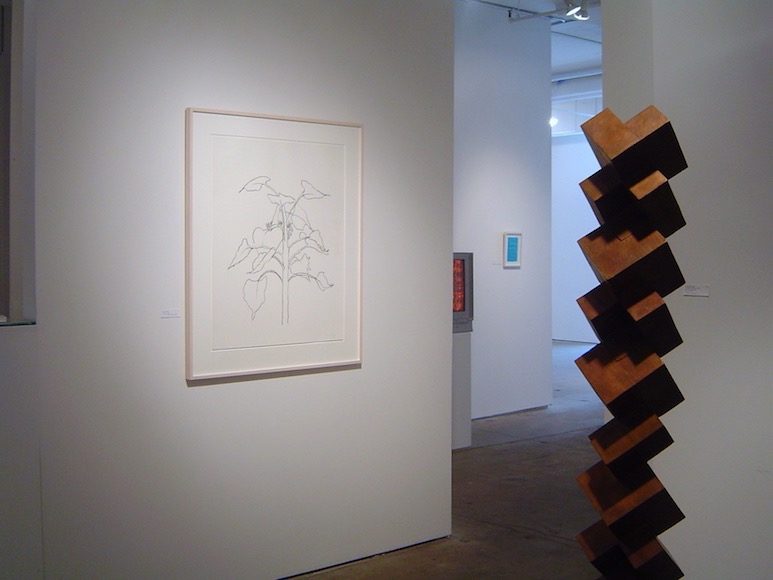
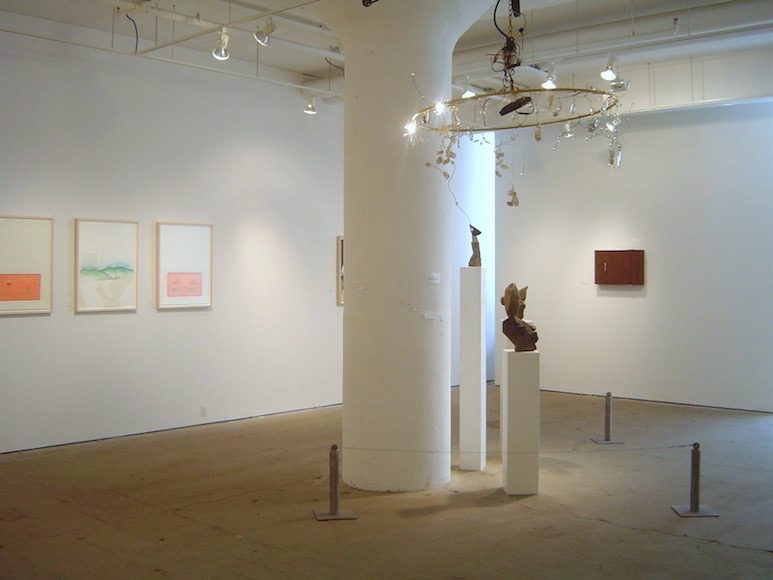
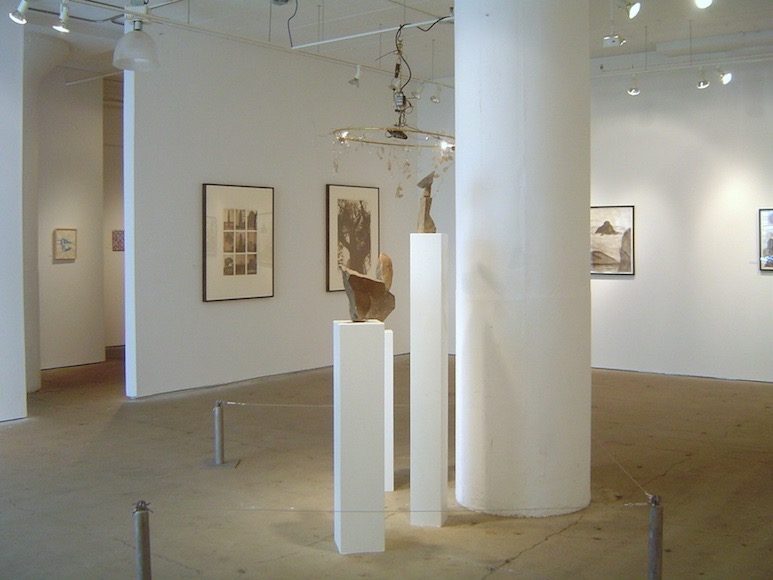
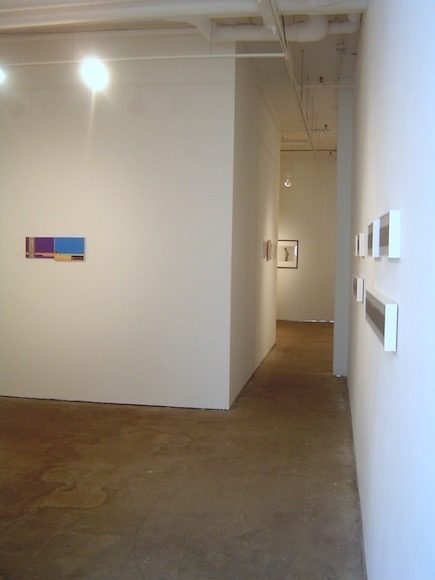
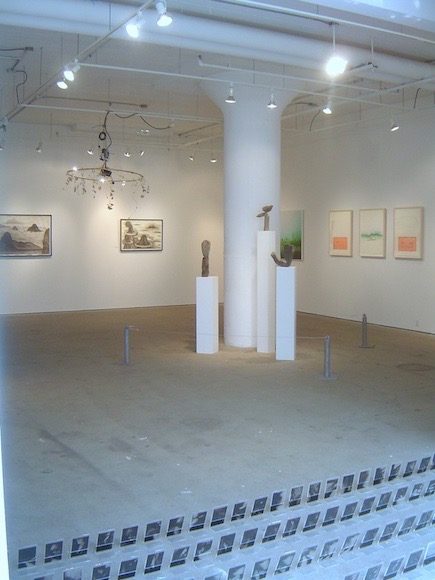
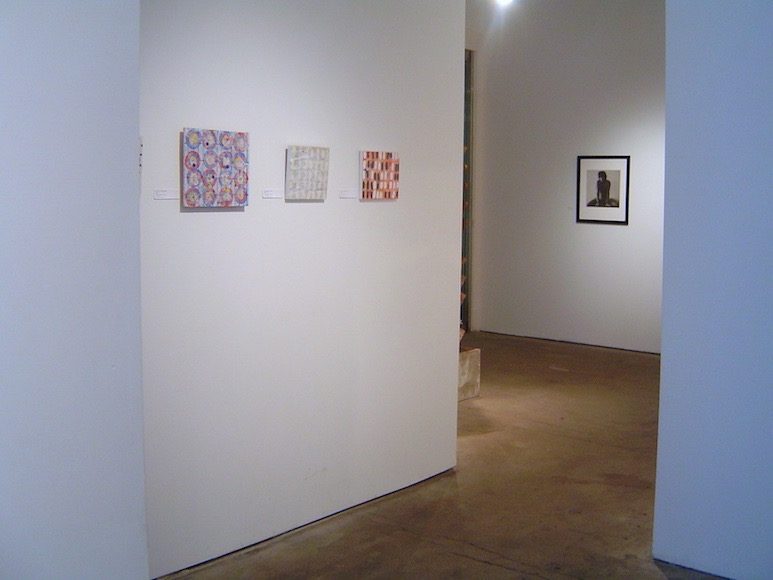
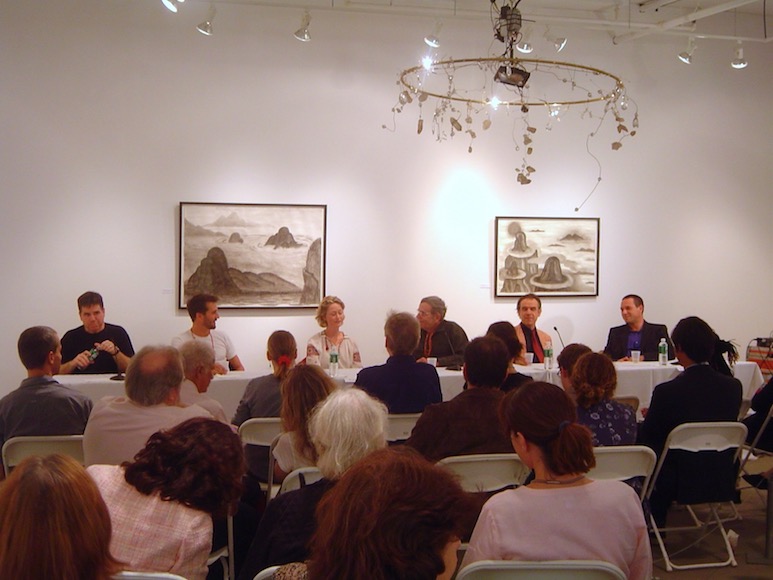
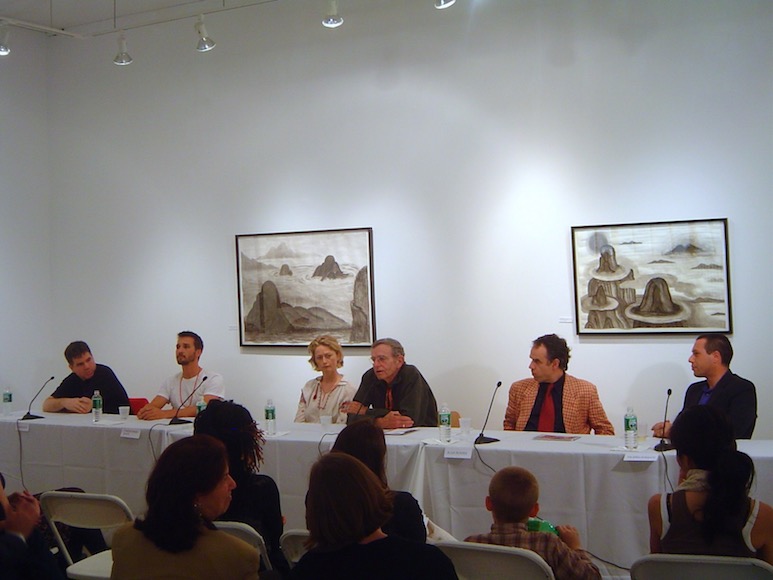
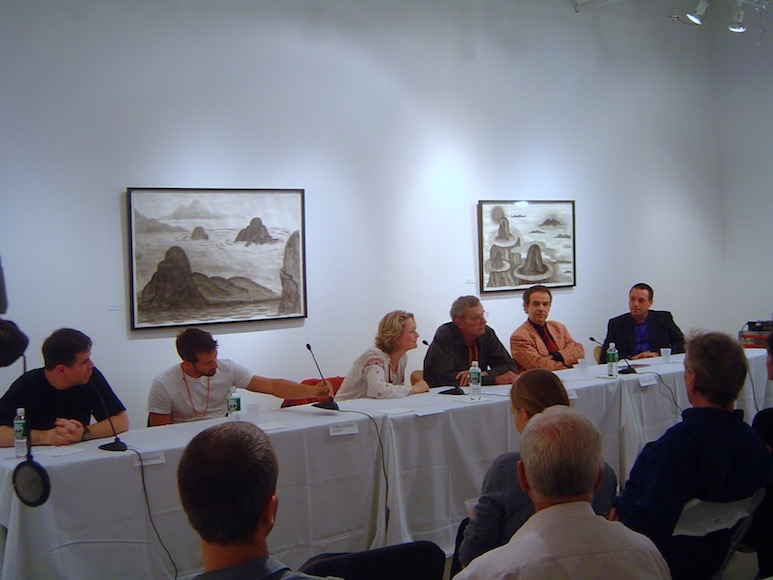
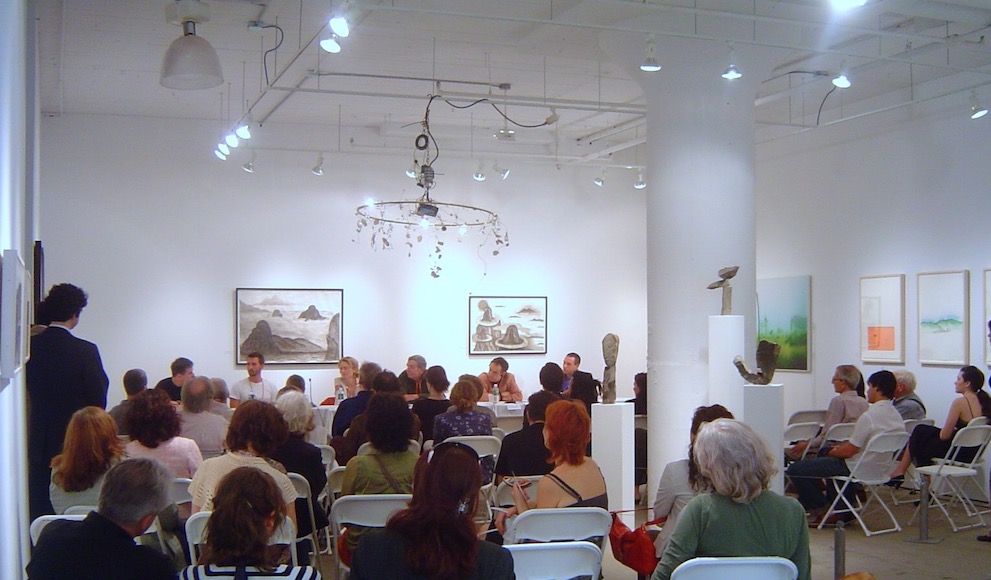
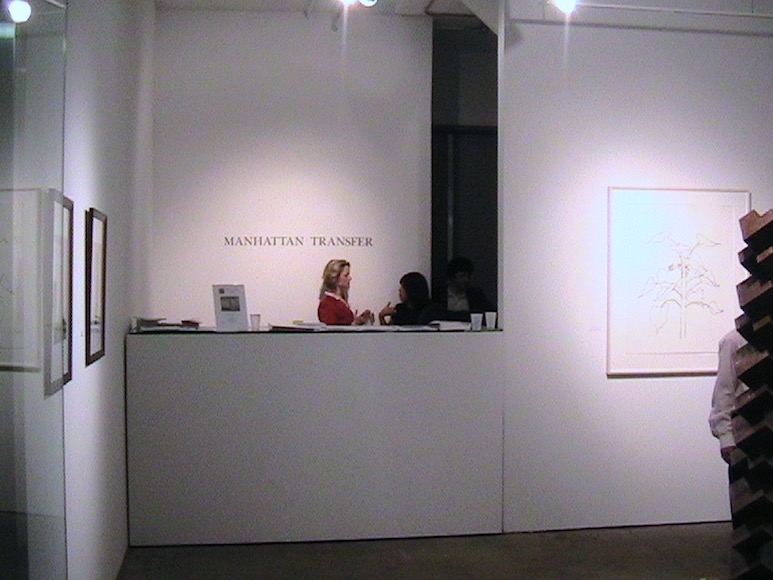
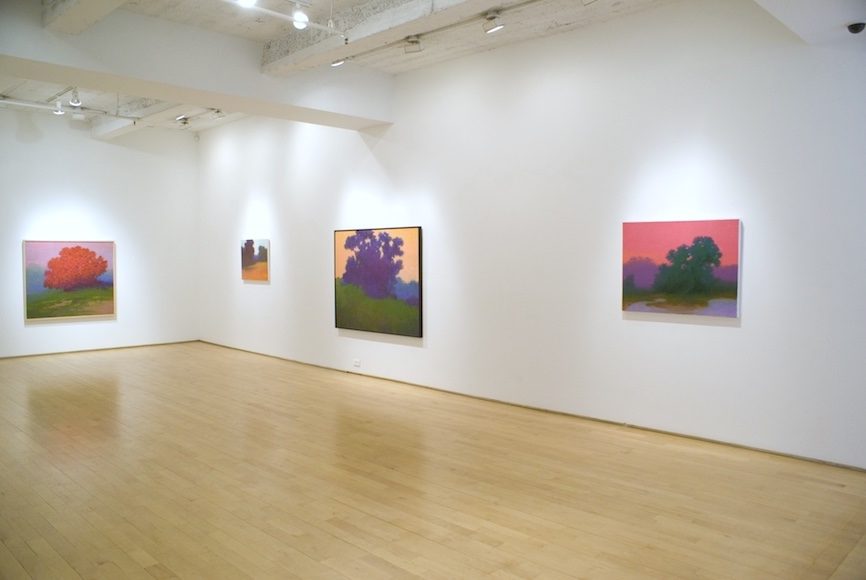
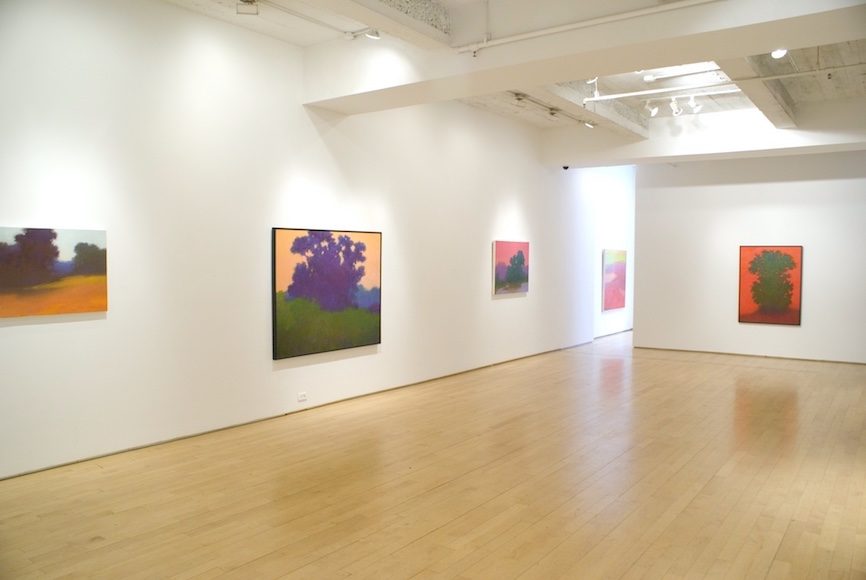
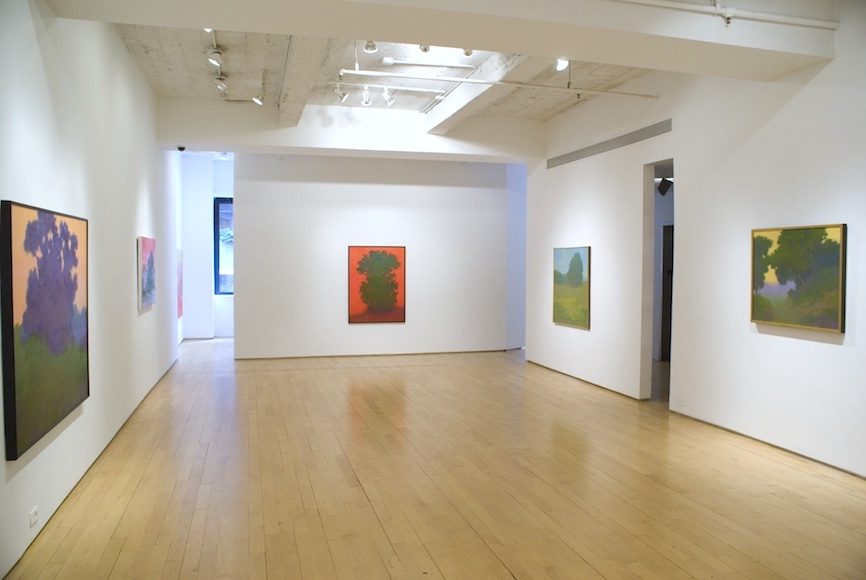
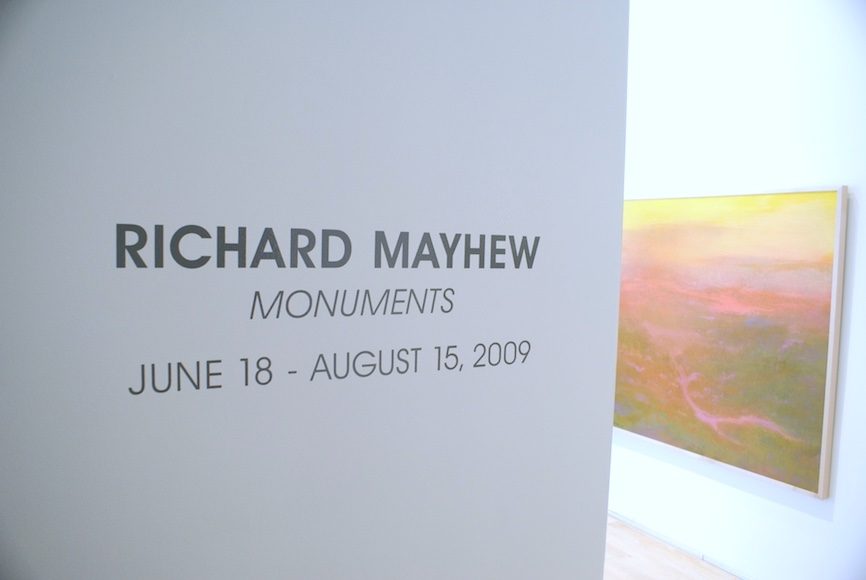
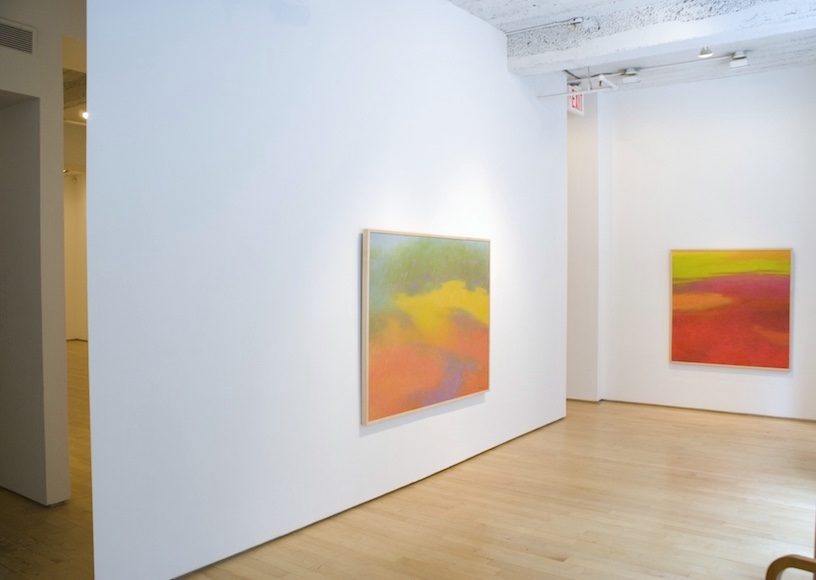
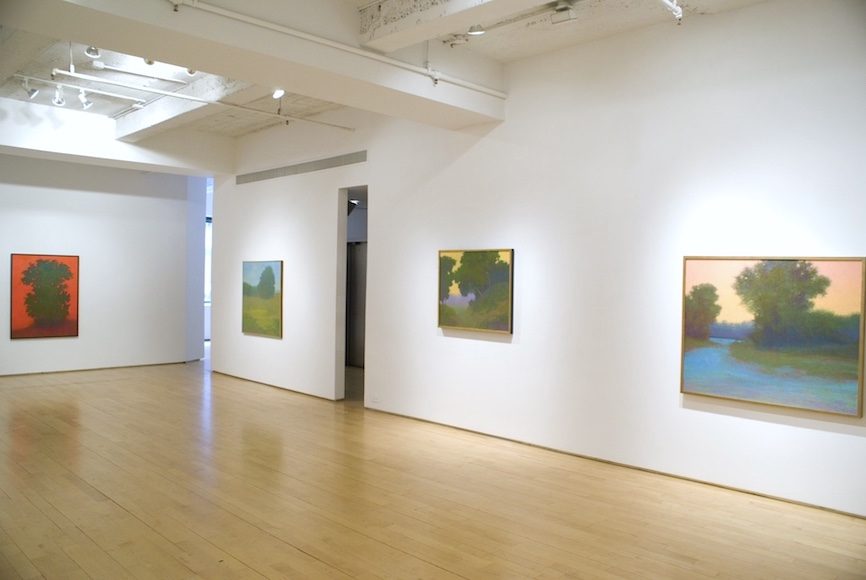
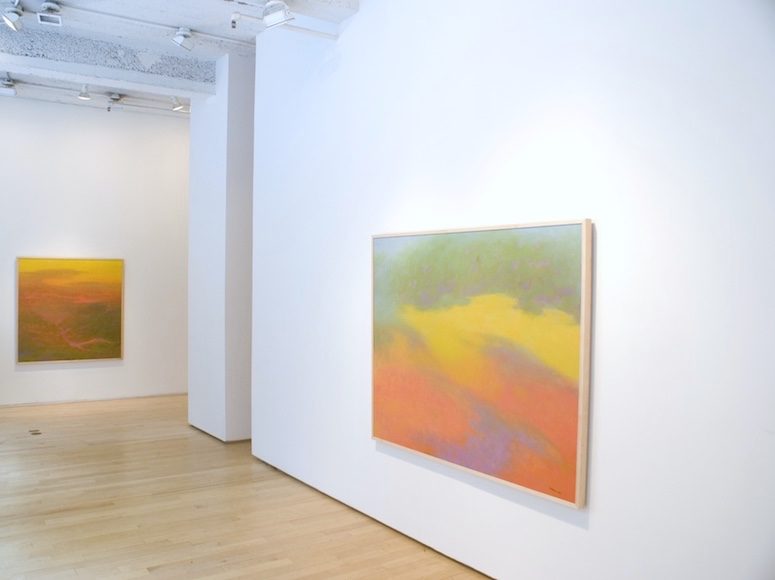
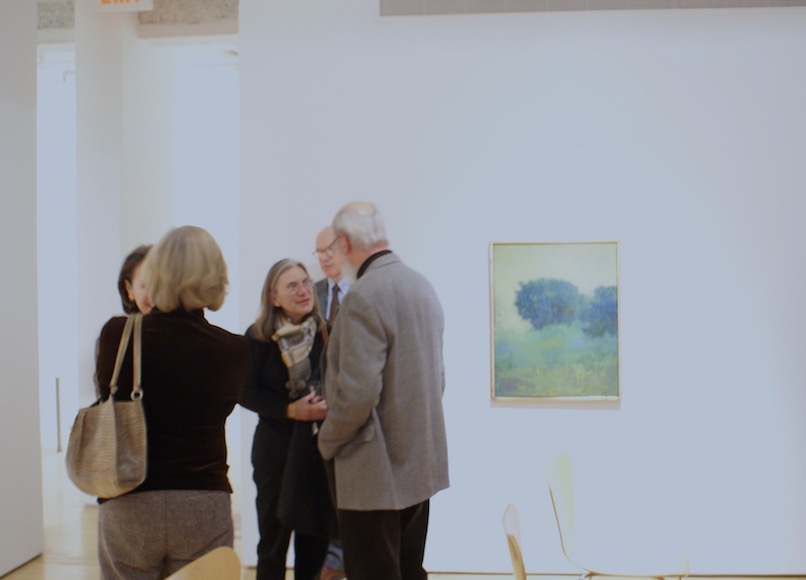
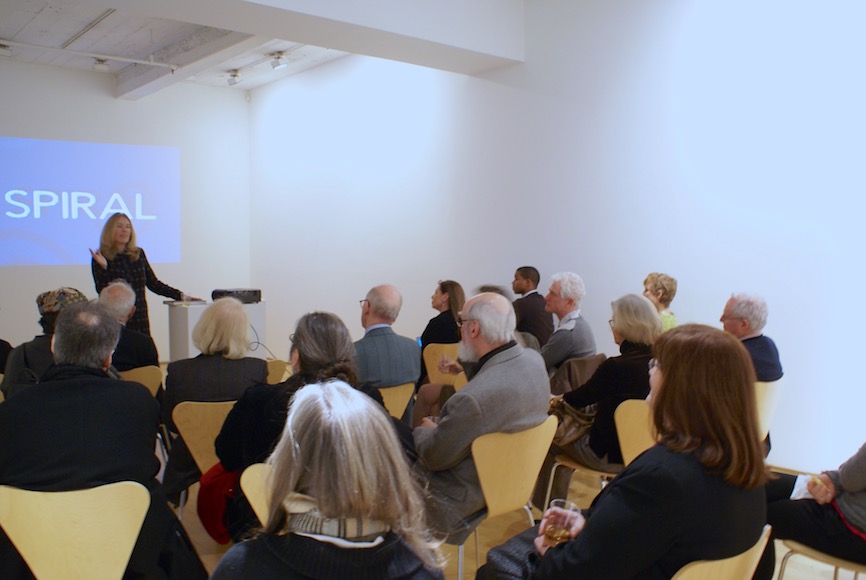

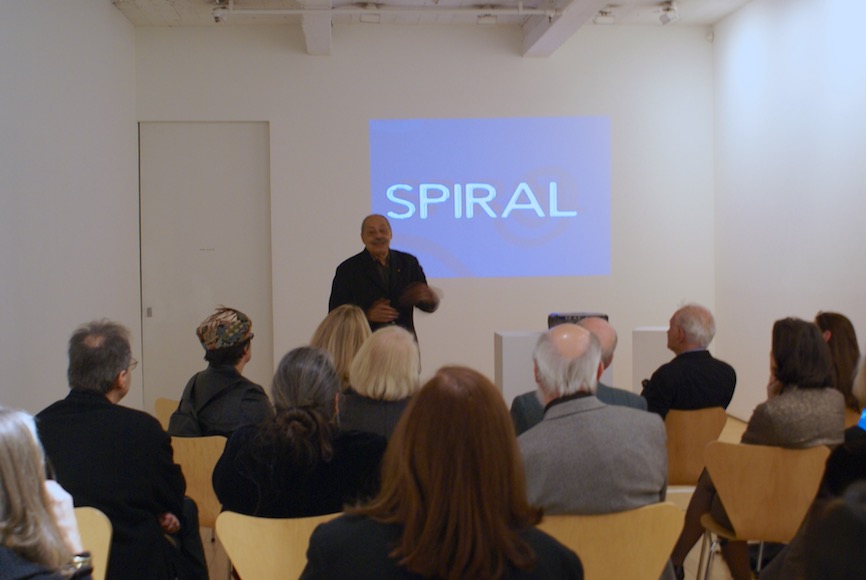
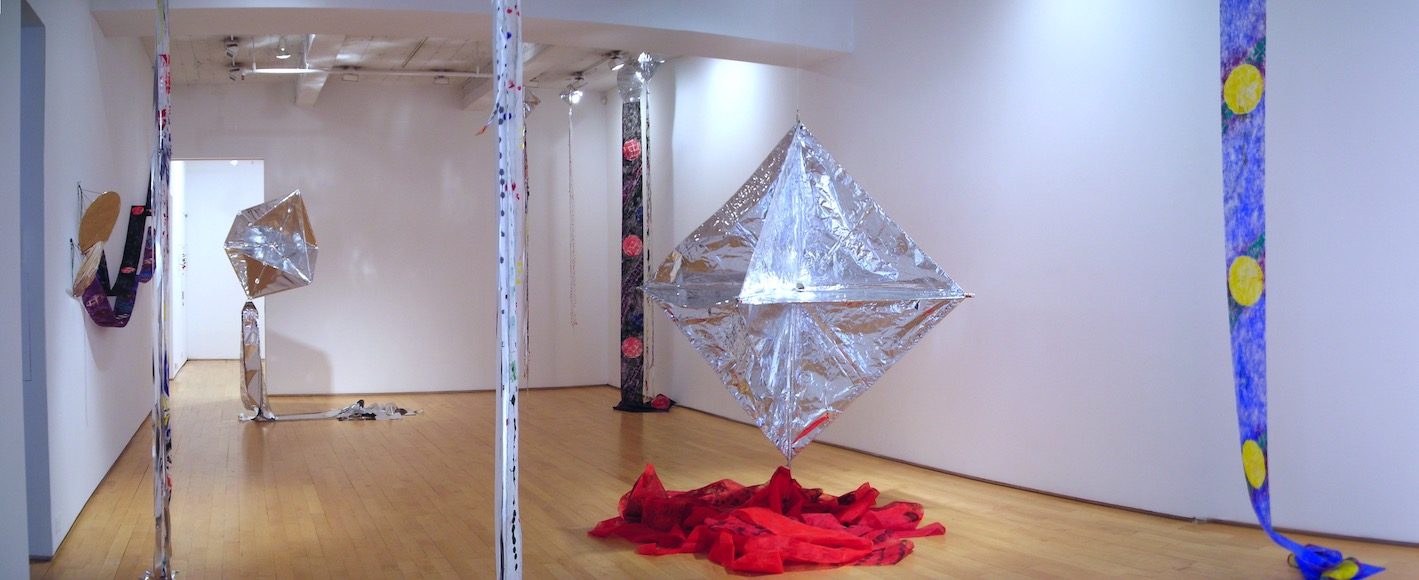
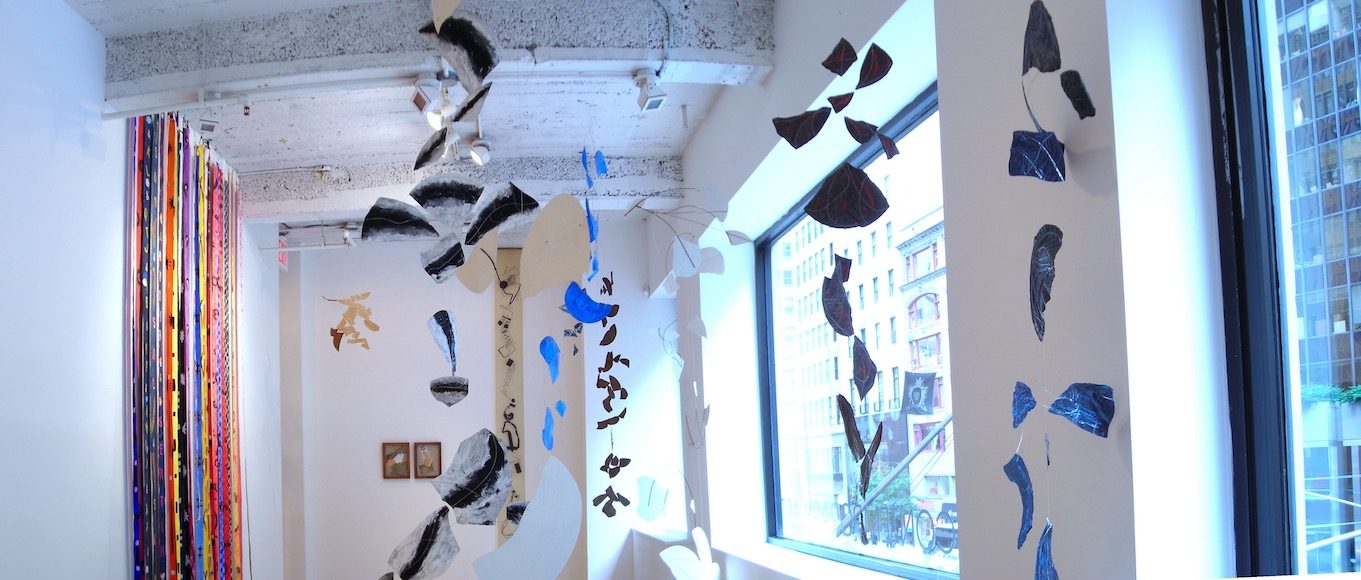
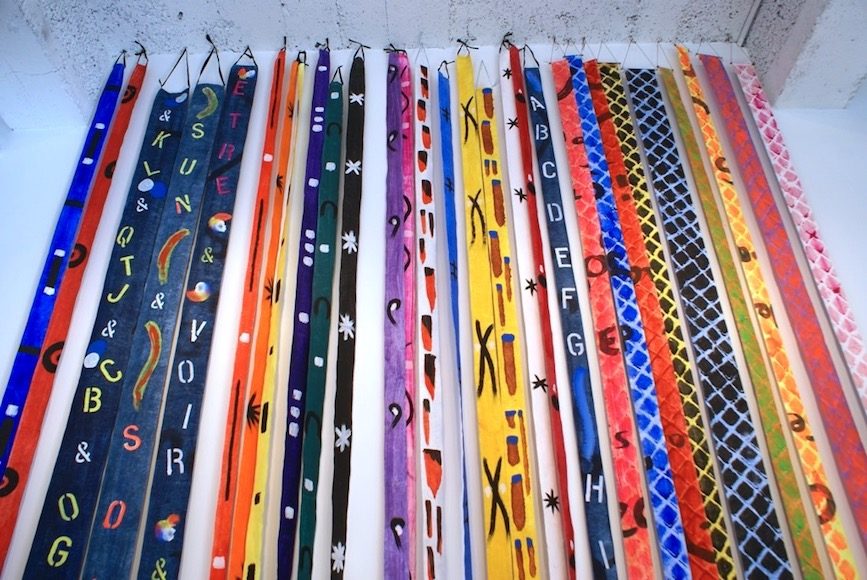
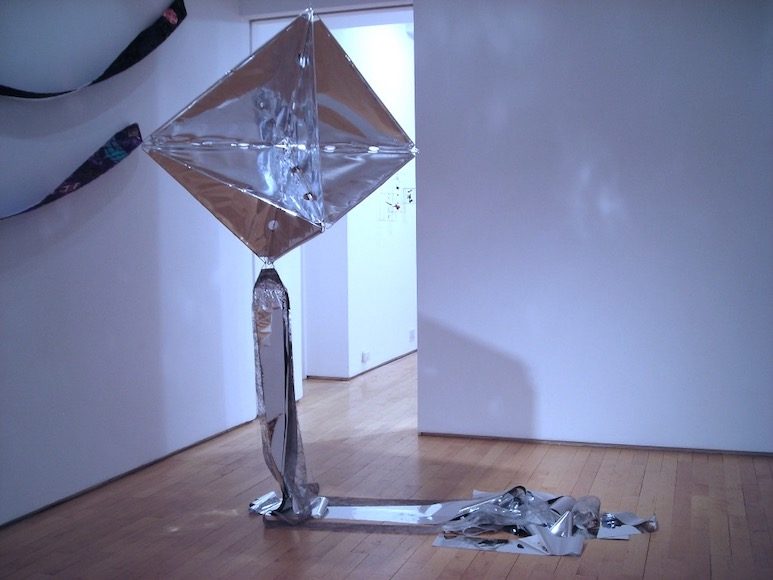
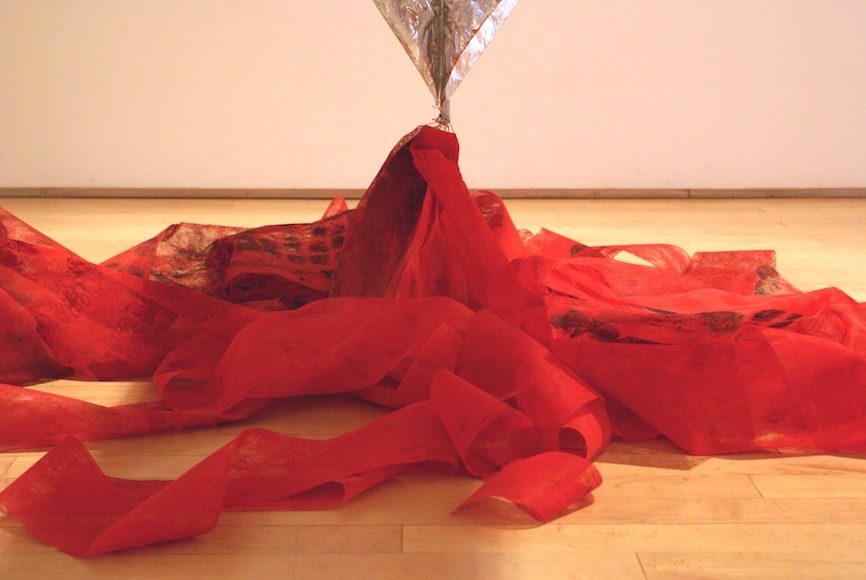
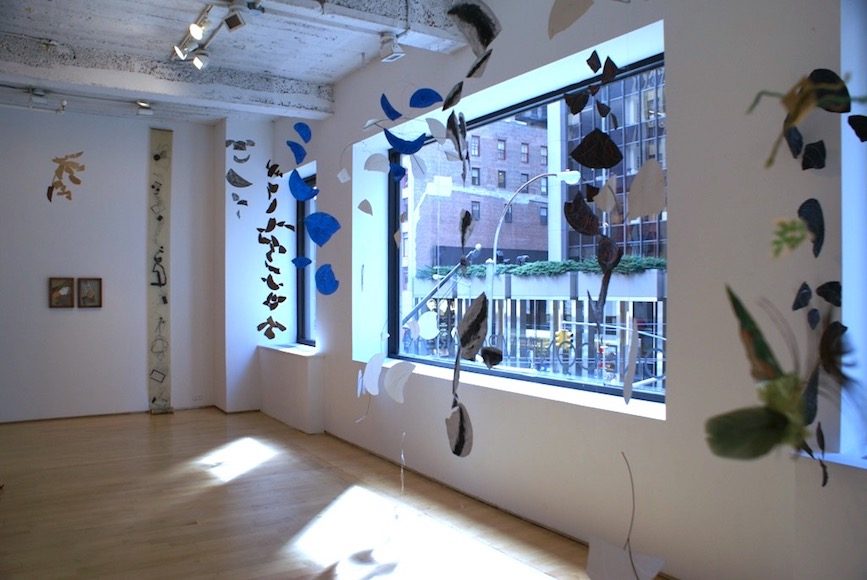
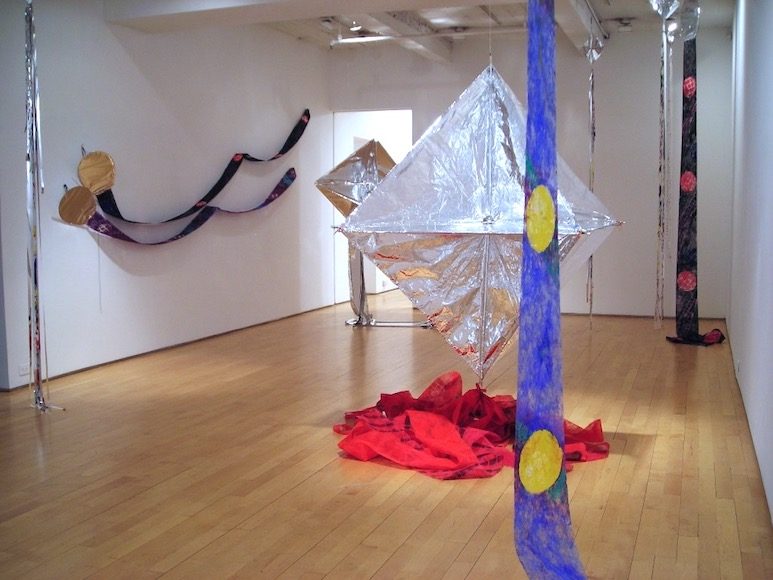
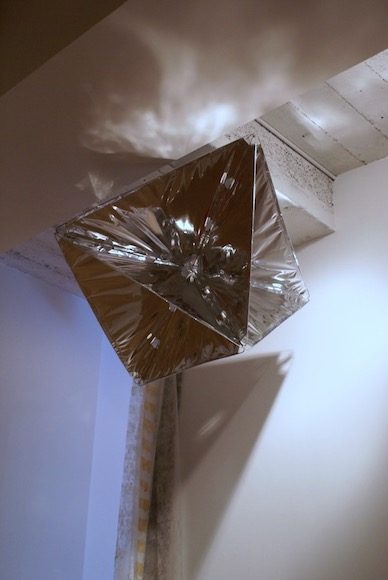
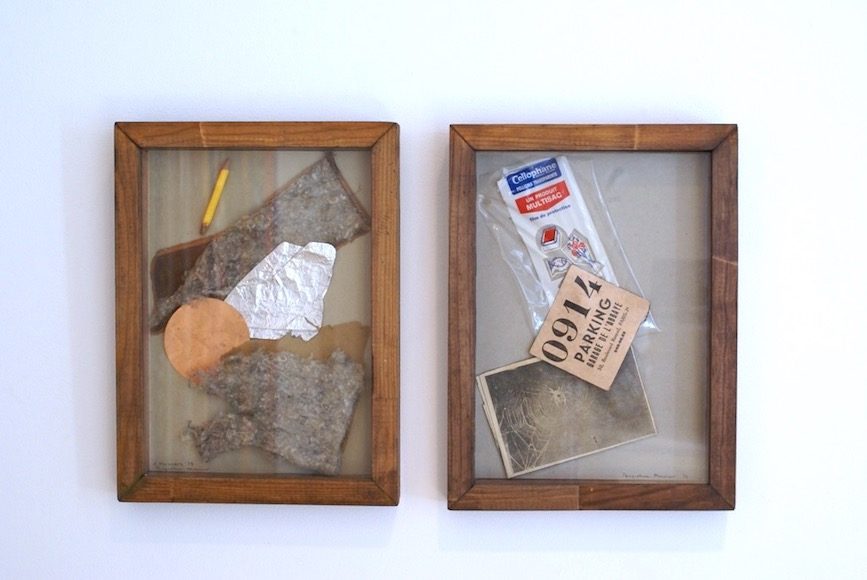
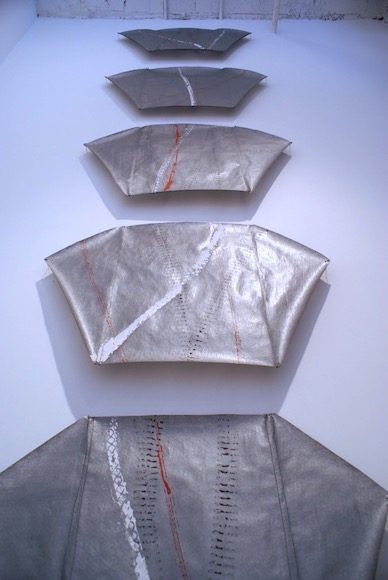
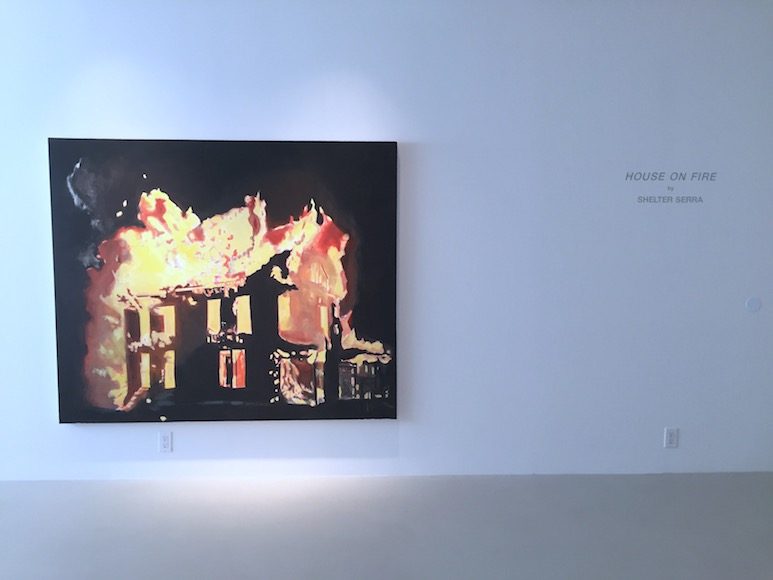
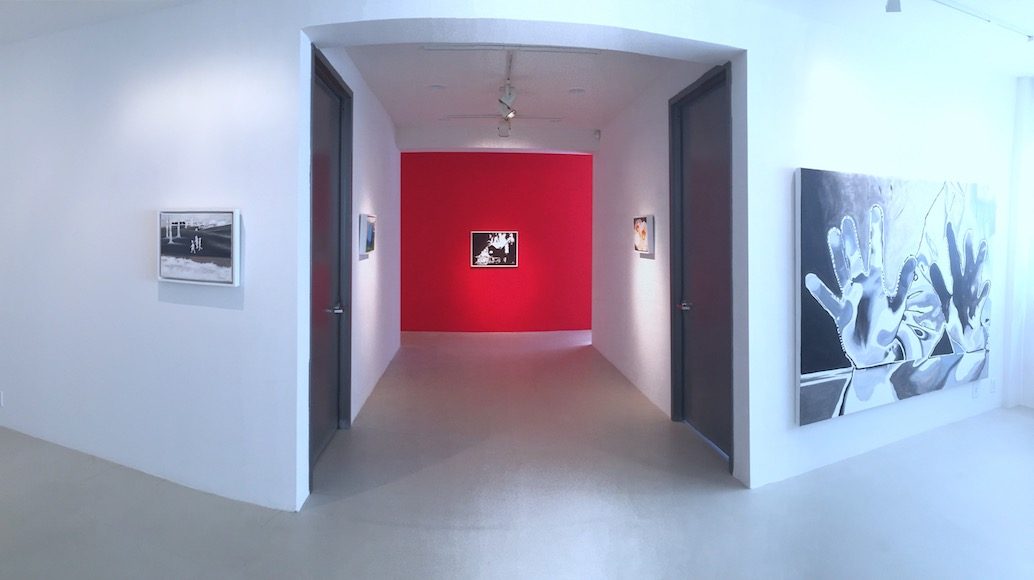
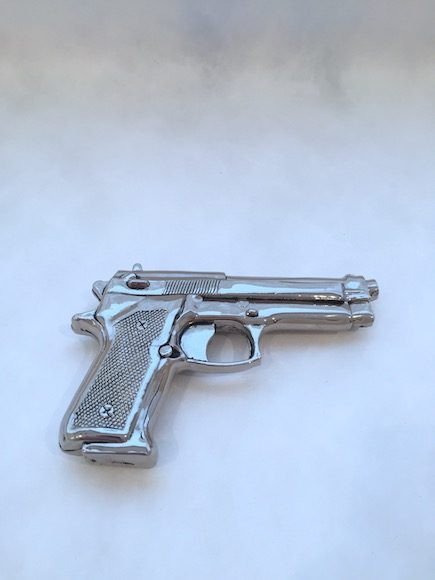
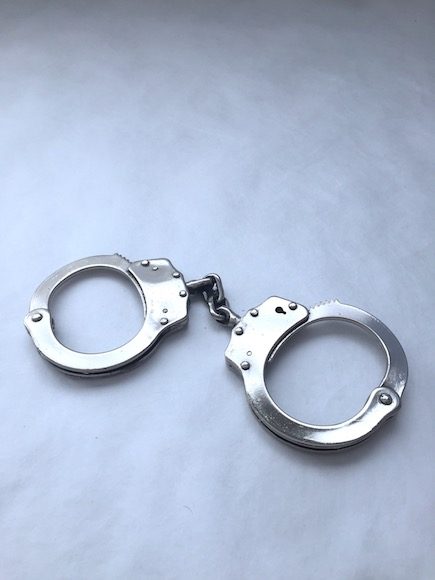
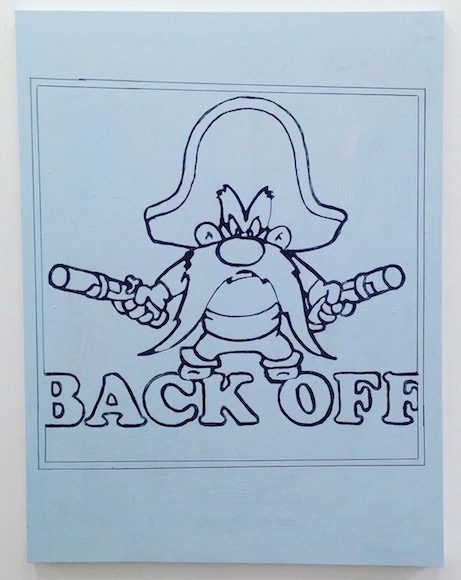
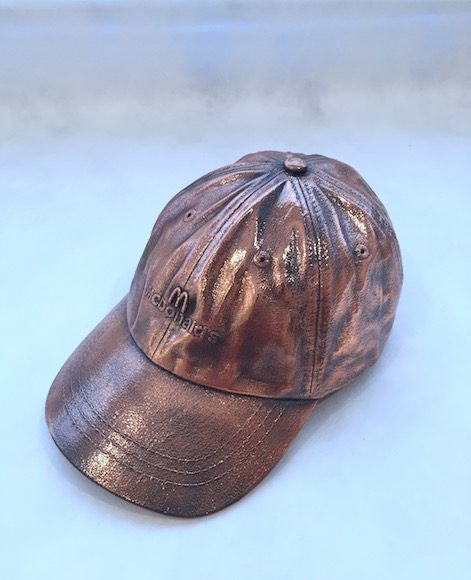
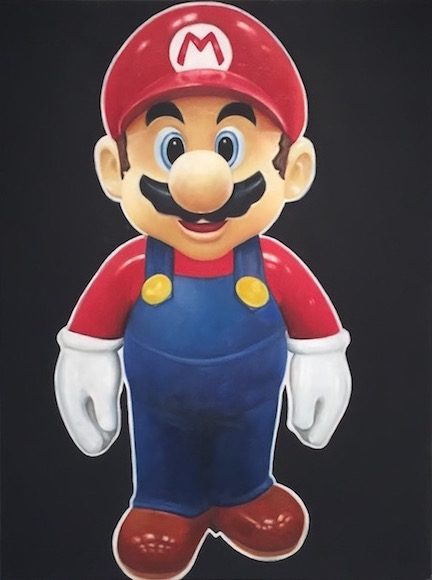
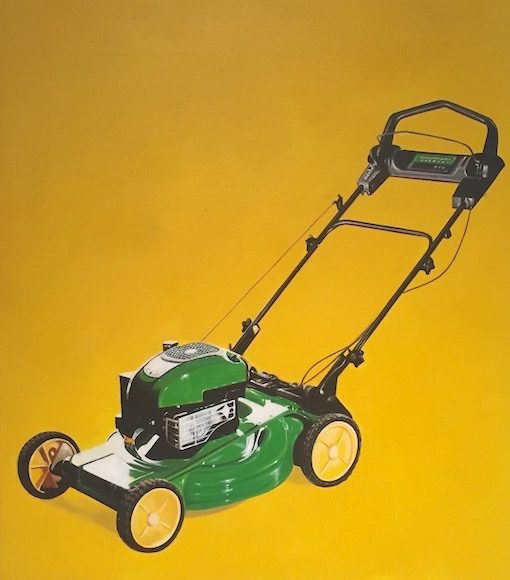
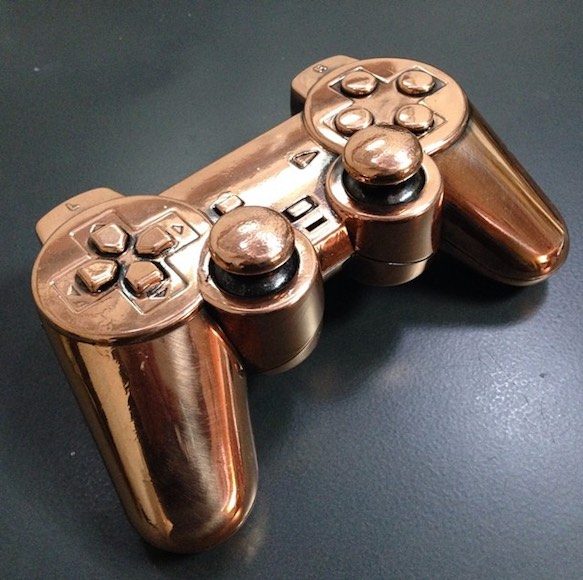
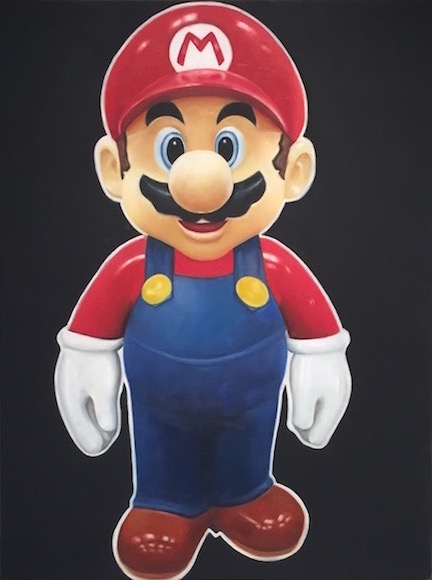
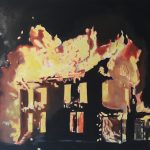
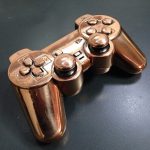
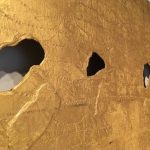
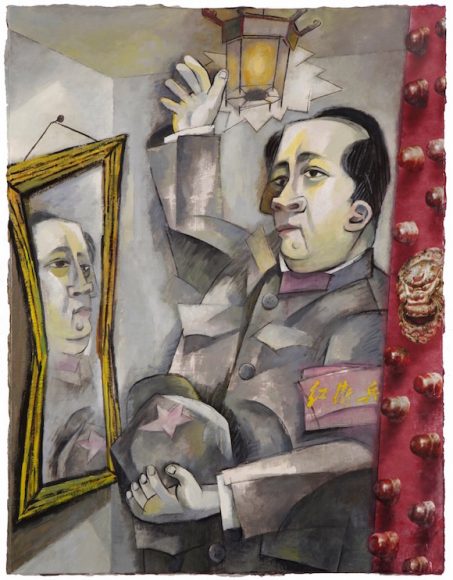
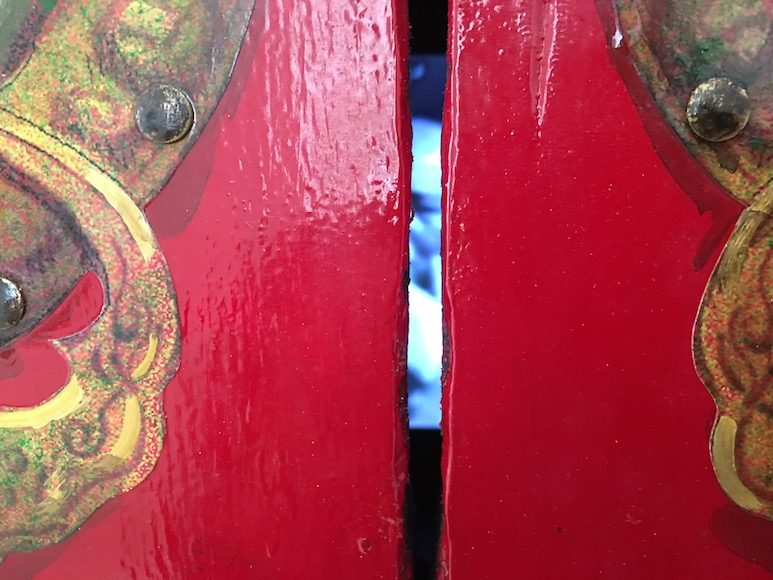
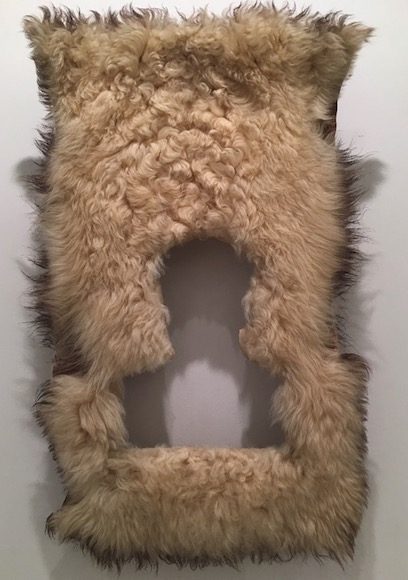
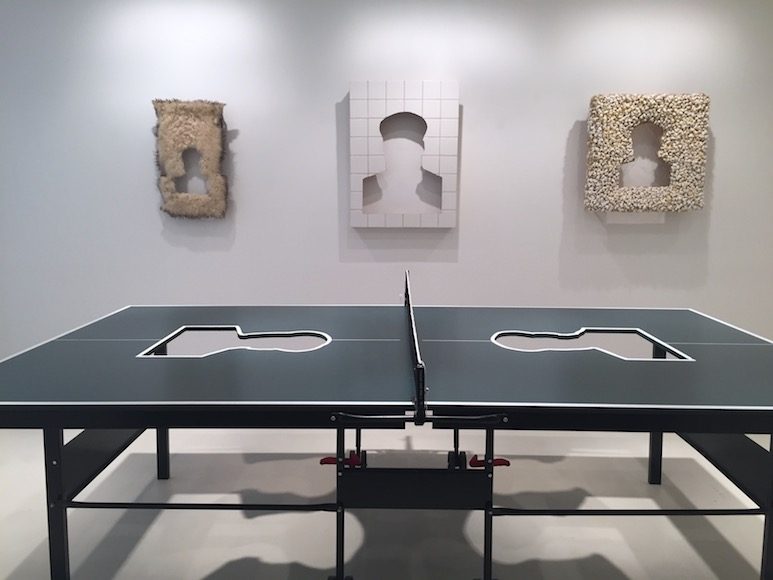
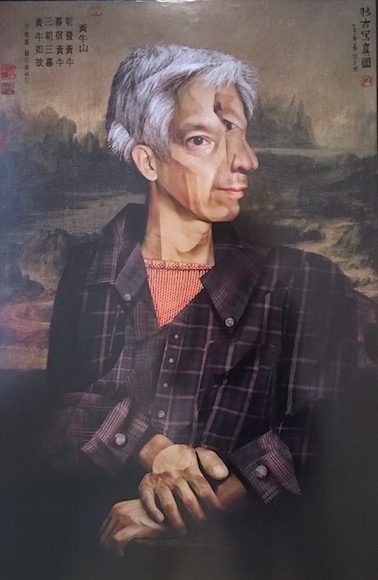
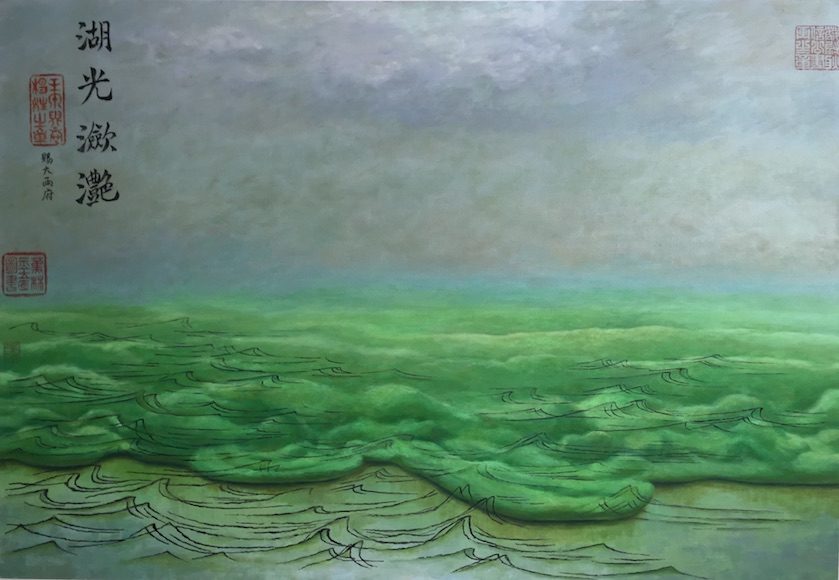
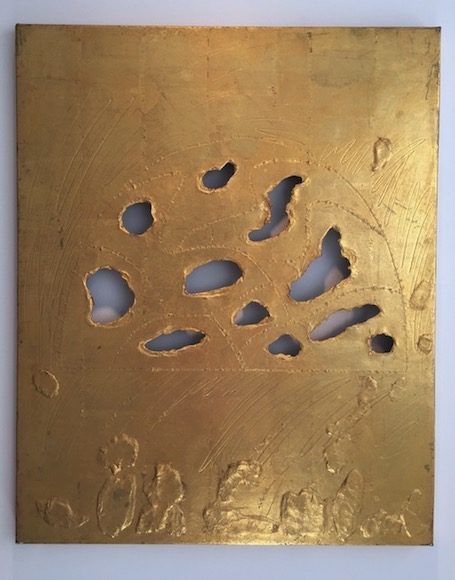
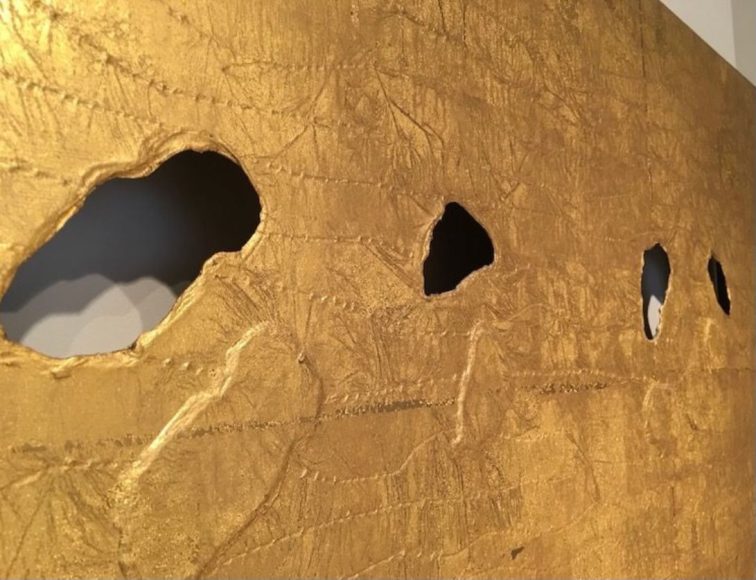
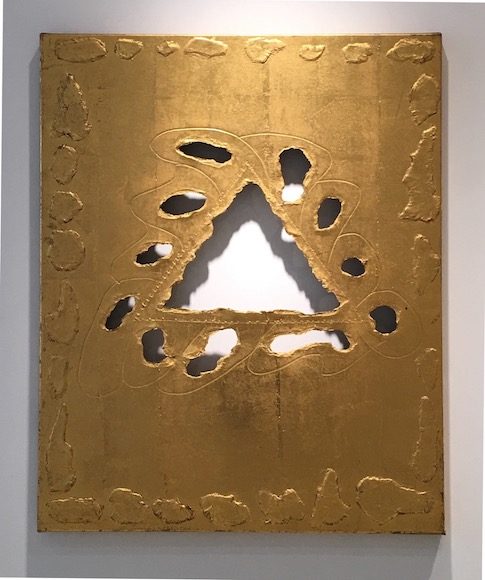
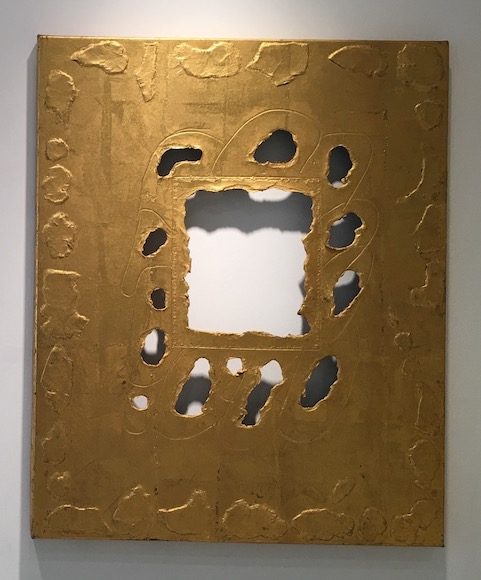
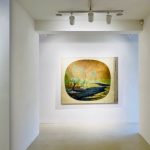
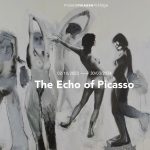
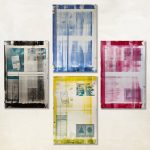
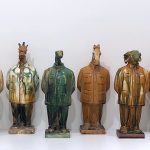
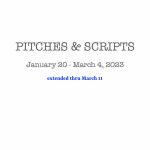
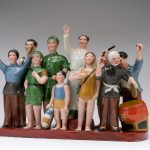

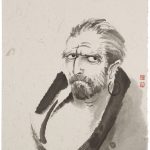

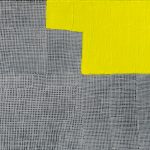
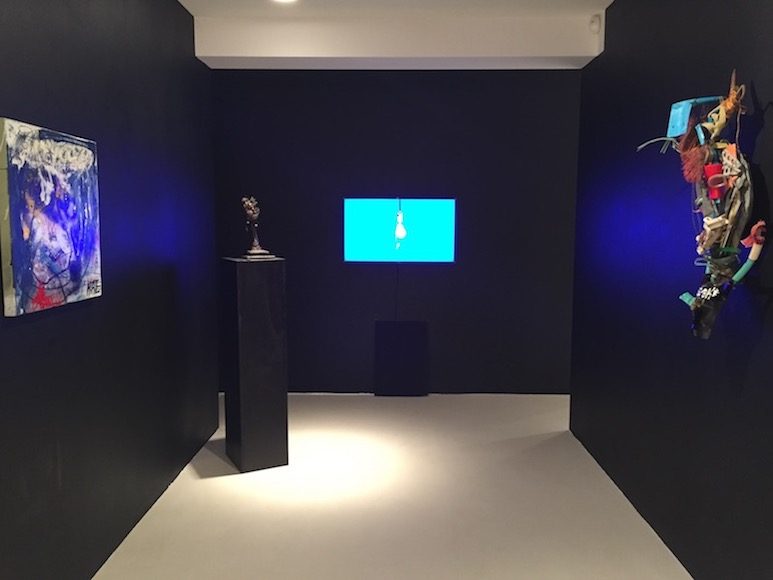
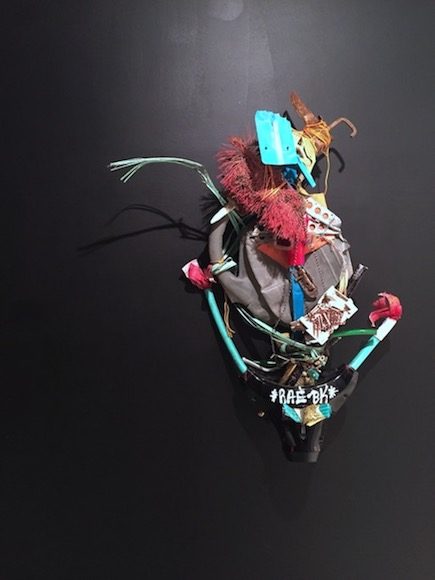
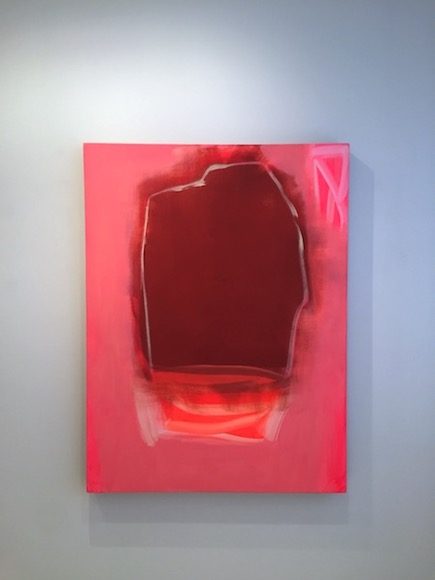
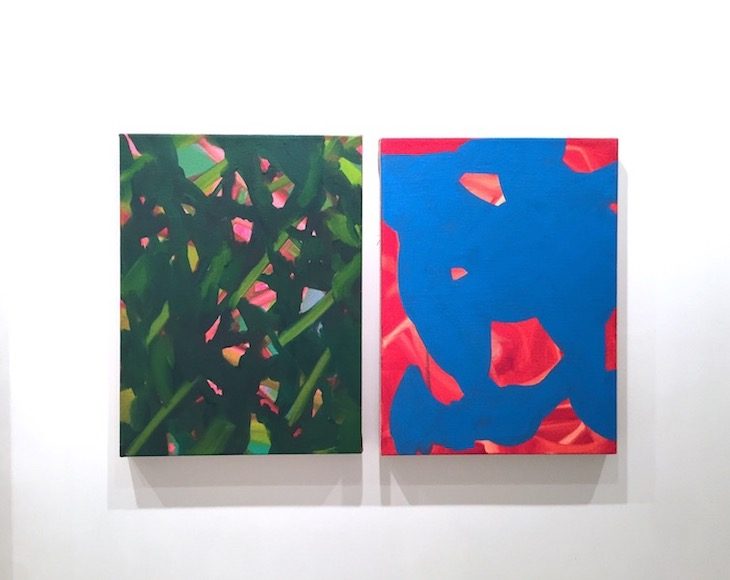
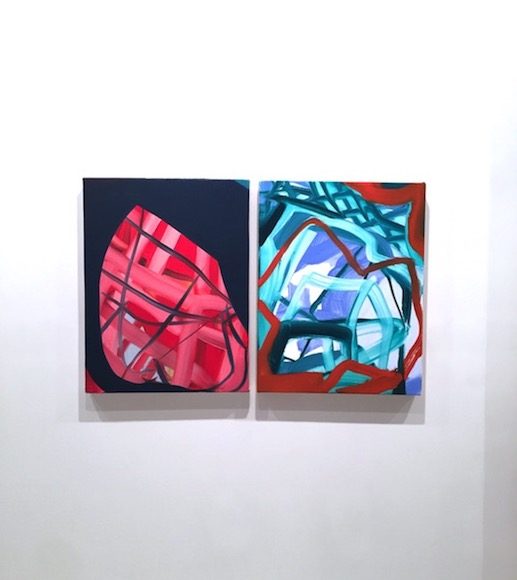
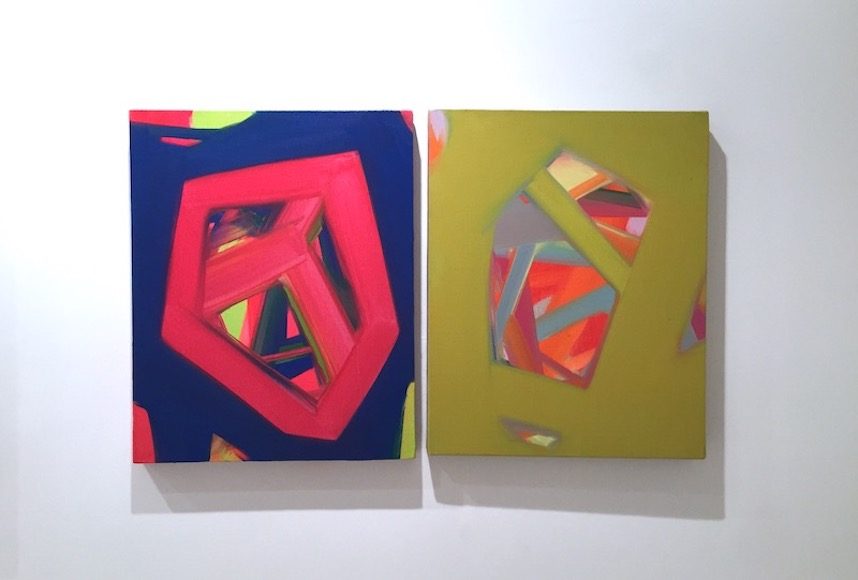
![Naomi Savage, Artists All [Duchamp/Man Ray/David Savage]](https://www.baahng.com/imgs/elementor/thumbs/DuchampManRaySavage_Naomi_Savage_Baahng-oorc12ufh7tw80p3innmwaqwug1fbr80uhahqdvr40.jpg)
![Naomi Savage, Untitled [Versailles, sculpture viewed from below]](https://www.baahng.com/imgs/elementor/thumbs/Versailes_BW_Naomi_Savage_Baahng-oorc1jriw8h2100iruyx56h7jdq16b36wt18dd6o00.jpg)
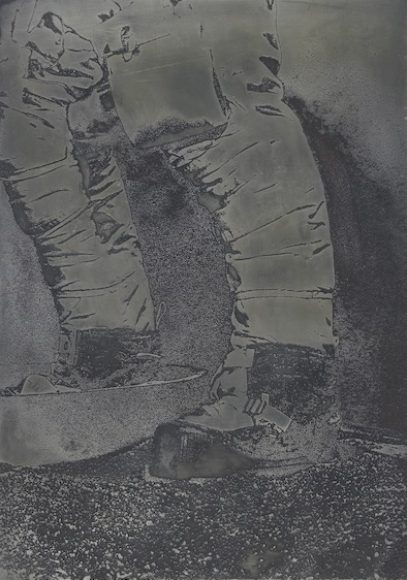
![Naomi Savage, Homage to Man Ray [hand and lips]](https://www.baahng.com/imgs/elementor/thumbs/HomageManry_Glove_Naomi_Savage_Baahng-oorc16ls8jz1igjmwpa569sr7ziw6jmy6zwfnhq6f4.jpg)
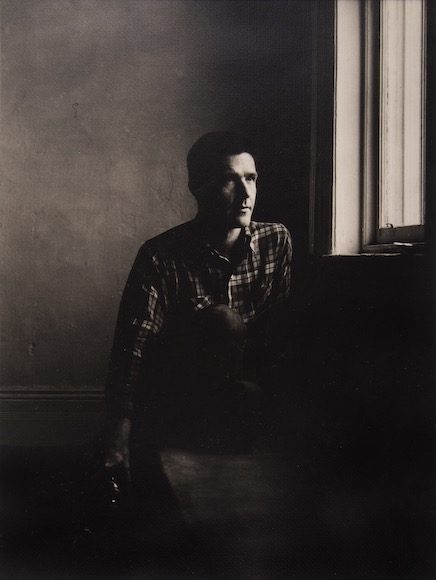
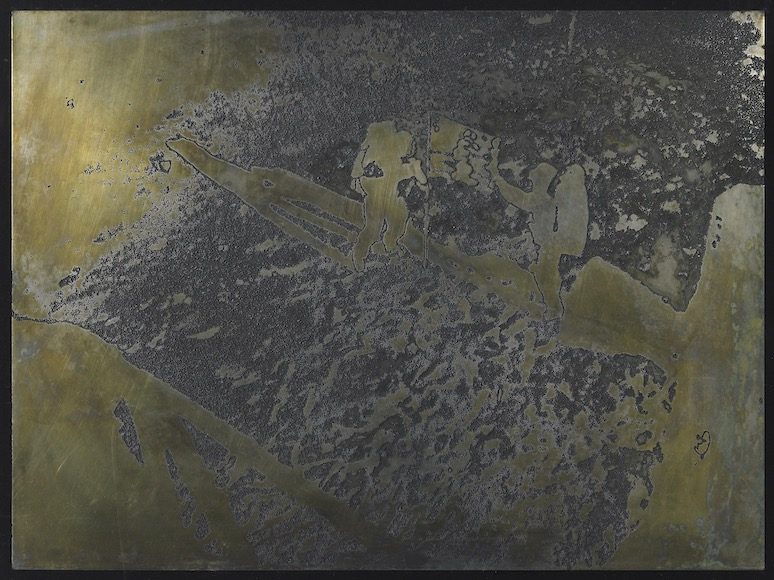
![Naomi Savage, Untitled [flowing abstraction]](https://www.baahng.com/imgs/elementor/thumbs/FloweringAbstraction_Naomi_Savage_Baahng-oorc14q3uvwgv8md7ogw1a9u17s5r5fhiqlgoxsyrk.jpg)
![Naomi Savage, Untitled [Man with black background]](https://www.baahng.com/imgs/elementor/thumbs/ManWBlackbackground_Naomi_Savage_Baahng-oorc1c8tdk6rg4bfzrpwl8disar3gq9c7rtcj5htds.jpg)
![Naomi Savage, Untitled [Versailles – solarized statue]](https://www.baahng.com/imgs/elementor/thumbs/Versailles_Naomi_Savage_Baahng-oorc1ml1gqkwztwfbe6sunrlbjc4teedx6zot72hhc.jpg)
![Naomi Savage, Untitled [ice covered three limbs]](https://www.baahng.com/imgs/elementor/thumbs/iced_treeLimb_Naomi_Savage_Baahng-oot1i50wbvcd4w3psrj2xc96sa5917x4442haejzeo.jpg)
![Naomi Savage, Untitled [Multi colored gloves]](https://www.baahng.com/imgs/elementor/thumbs/MultiColoGloves_Naomi_Savage_Baahng-oot1i6wkpjexs40zhscc2bs3z1vzgm4ksddg8yh728.jpg)
![Naomi Savage, Untitled [Smiling Marcel Duchamp and Man Ray]](https://www.baahng.com/imgs/elementor/thumbs/smailing_Duchamp_ManRay_Naomi_Savage_Baahng-oot1ianxgvk32jvivtyucatycldgbeji4vze62bmdc.jpg)
![Naomi Savage, Untitled [abstract]](https://www.baahng.com/imgs/elementor/thumbs/Abstract_Naomi_Savage_Baahng-oot1i0bpdp5xiuajk7hy2vfvtcseyqegfgt1w0qy9s.jpg)
![Naomi Savage, Untitled [Marcel Duchamp and Man Ray]](https://www.baahng.com/imgs/elementor/thumbs/Duchamp_ManRay_Naomi_Savage_Baahng-oot1i27drd8i627t98b77uyt04j5e4lx3q40uko5xc.jpg)
